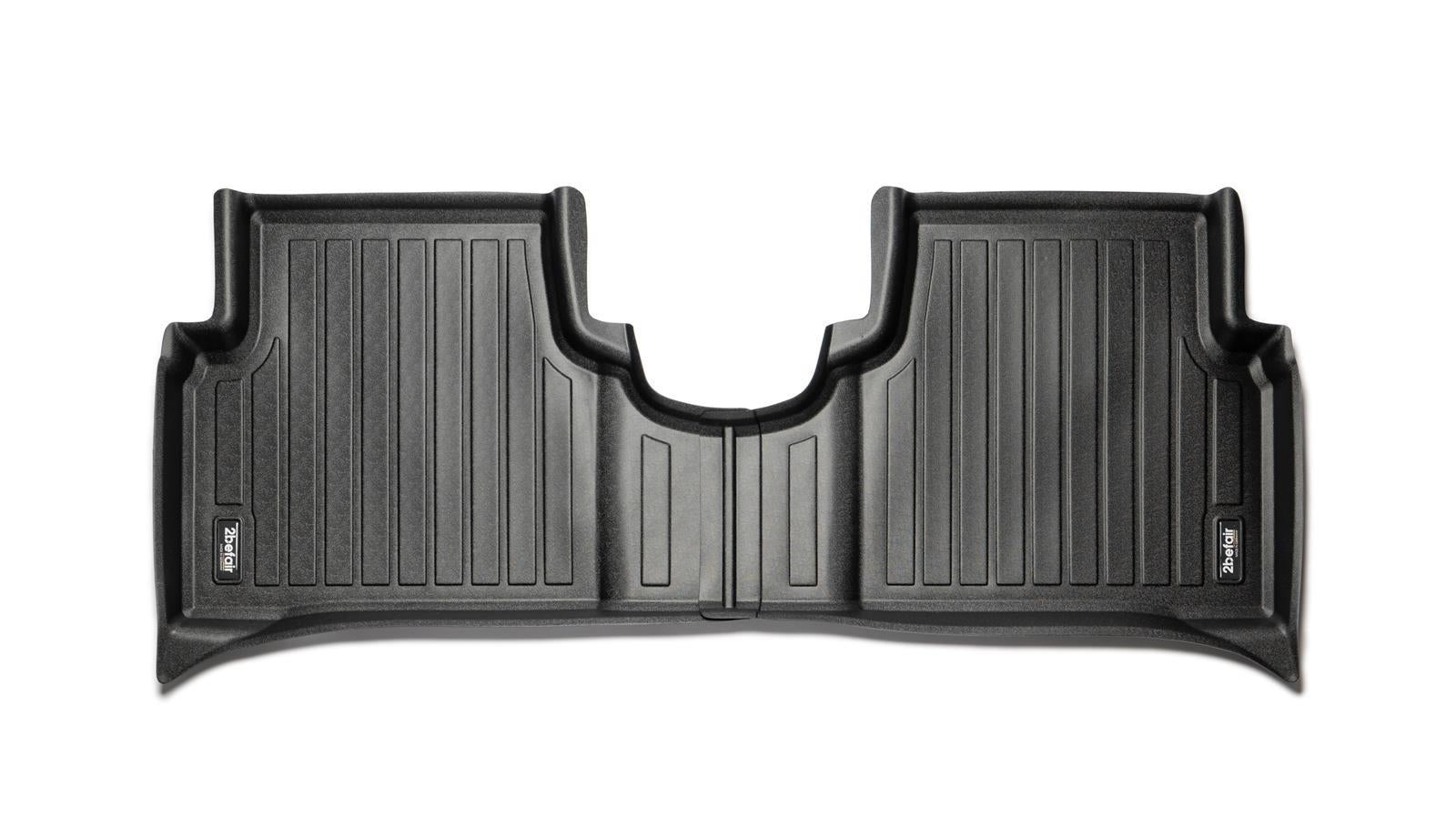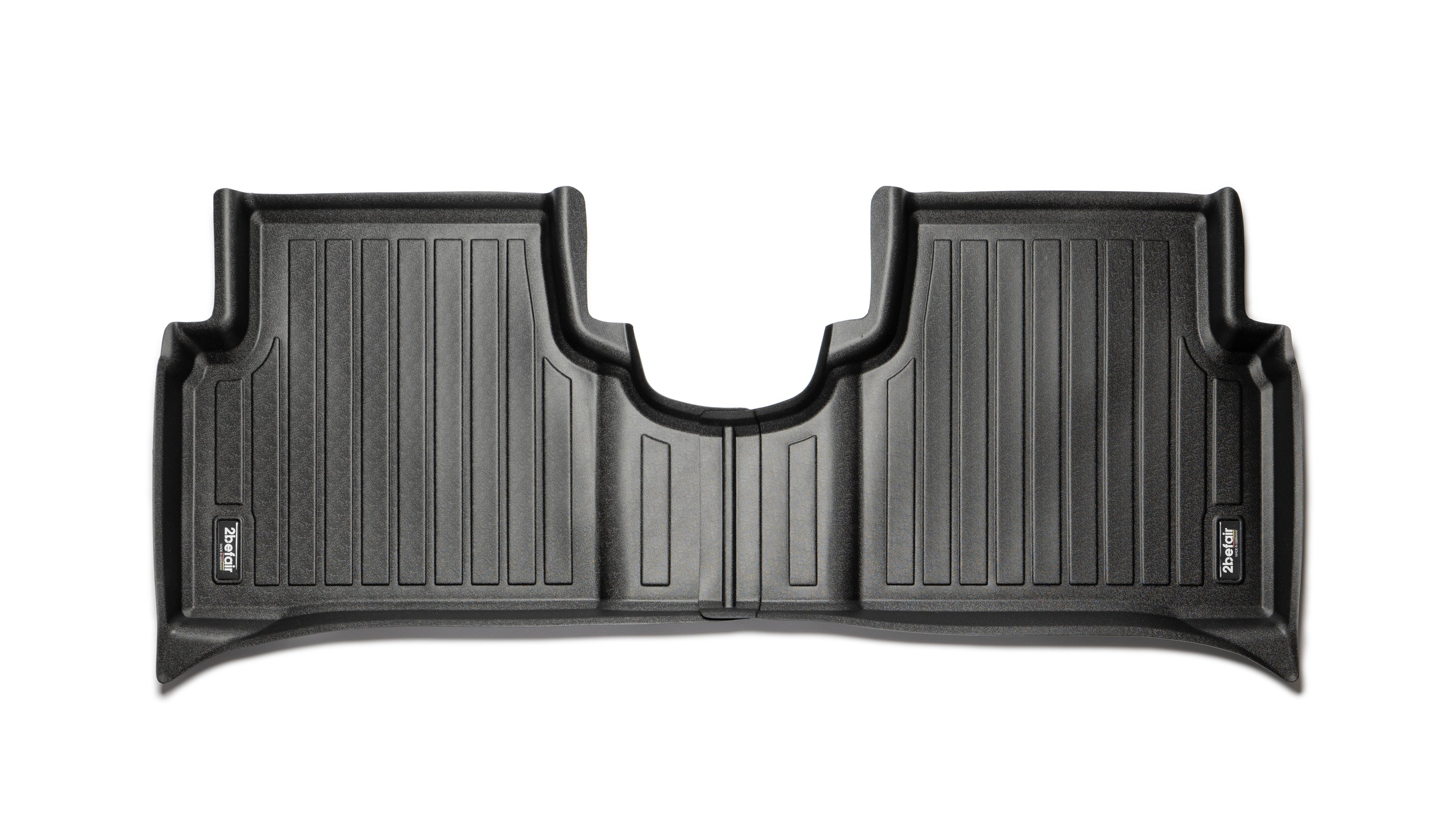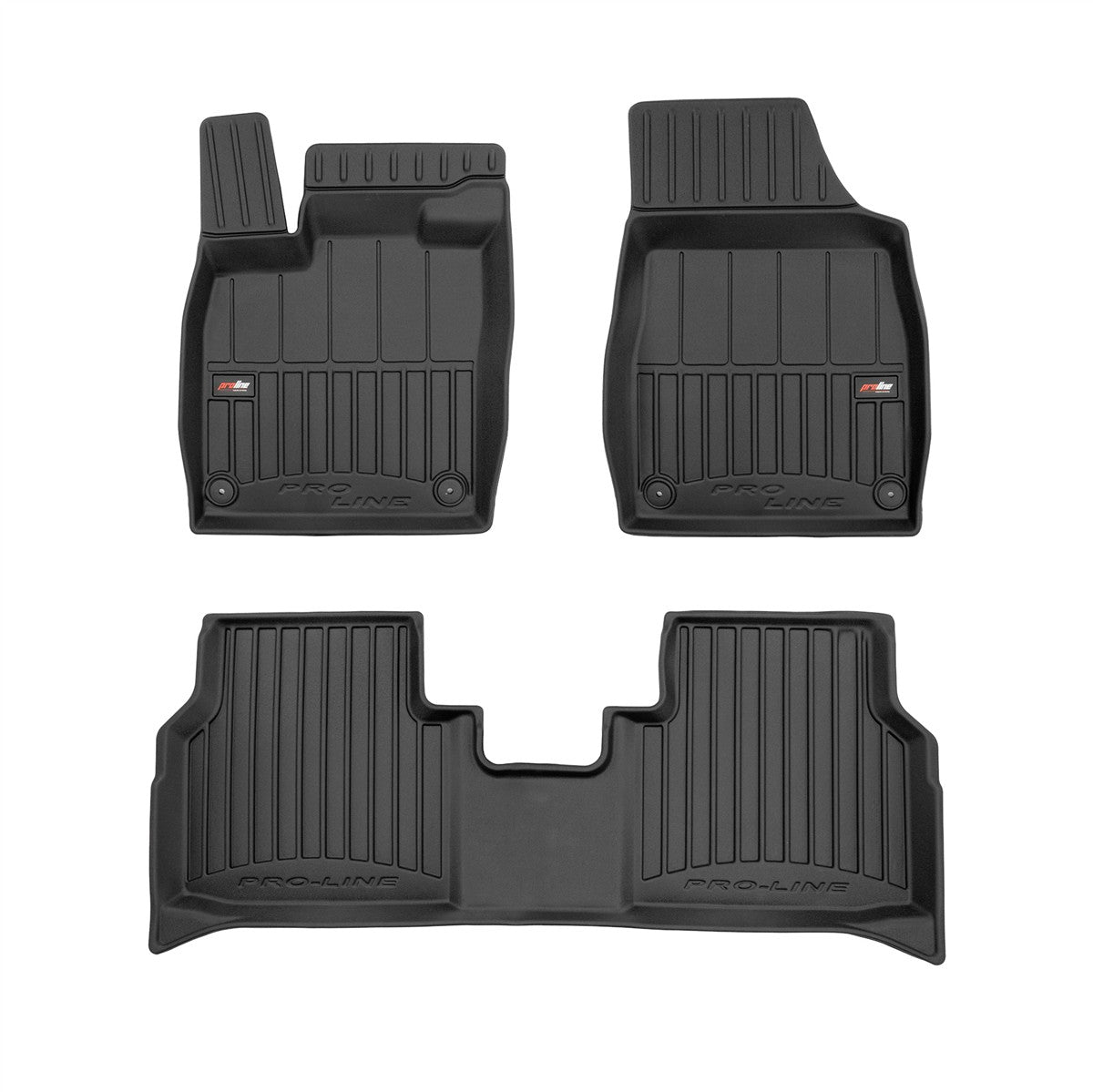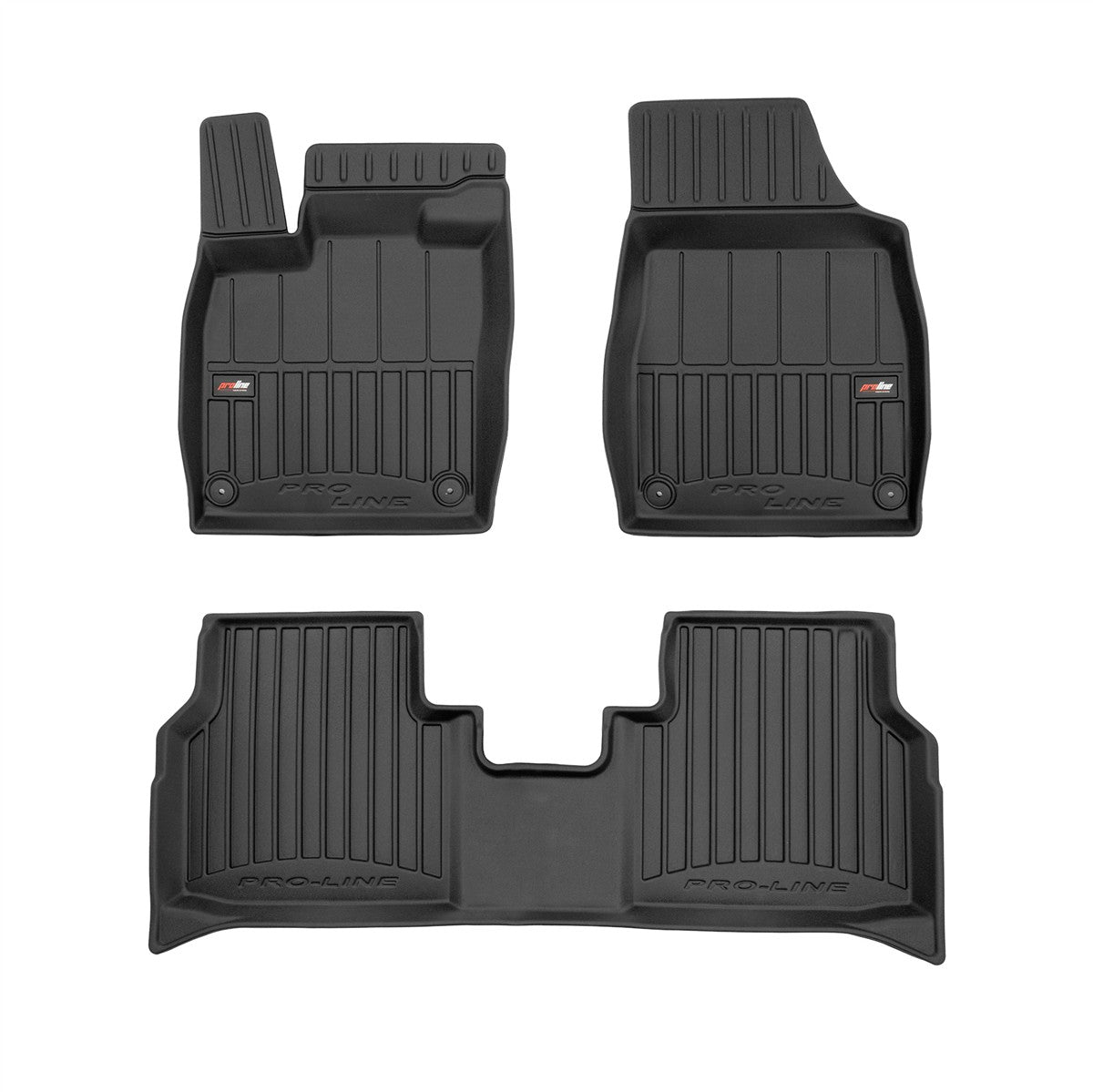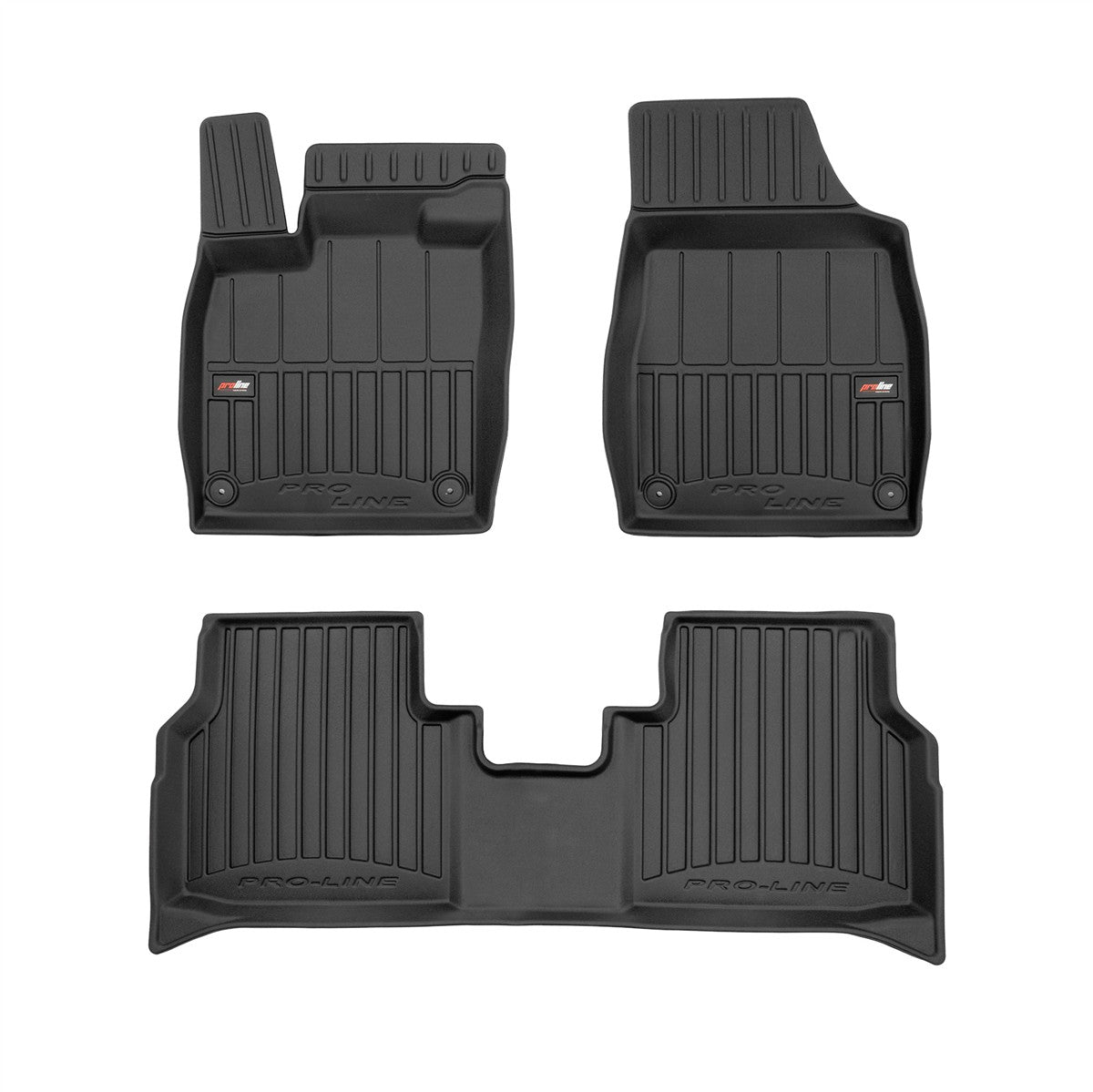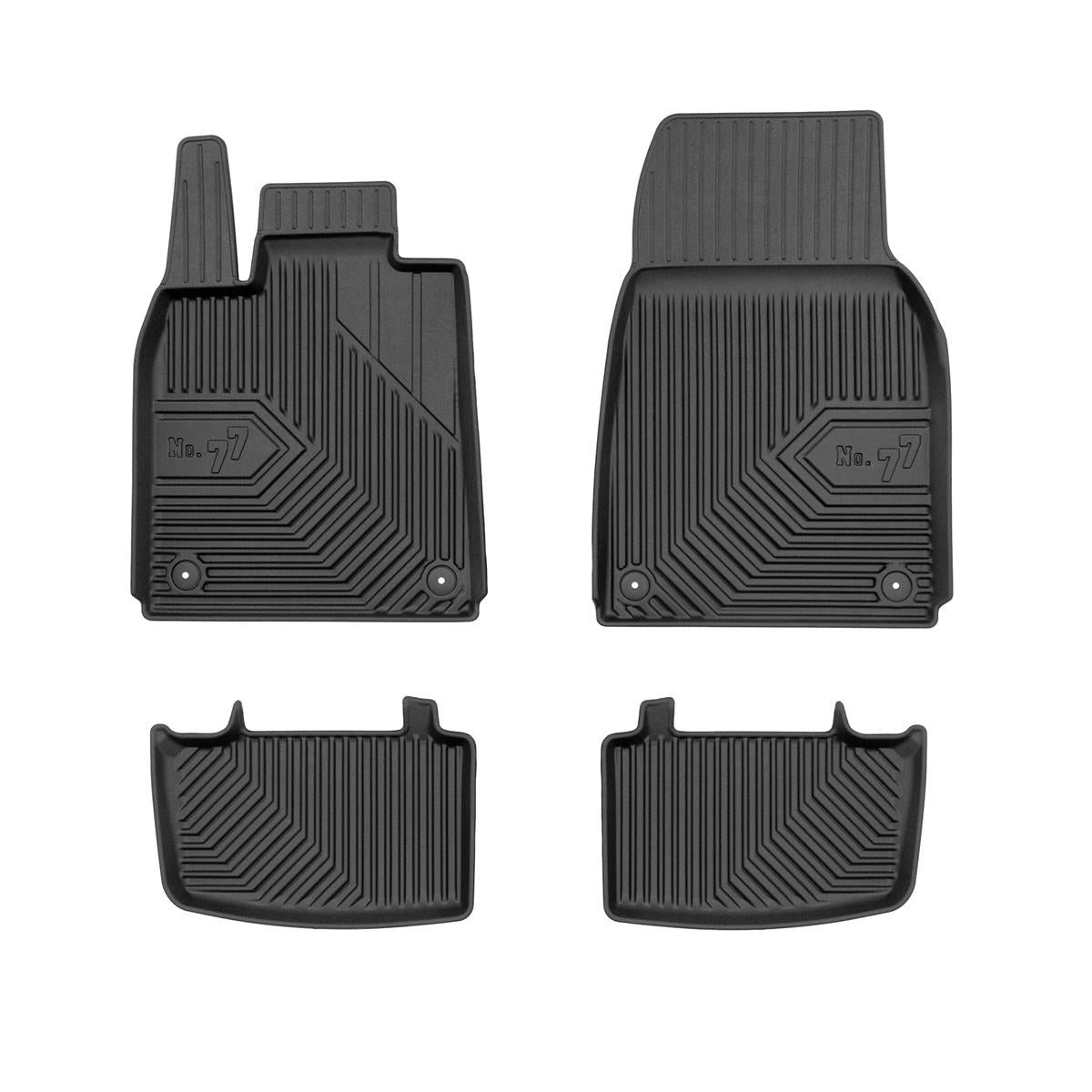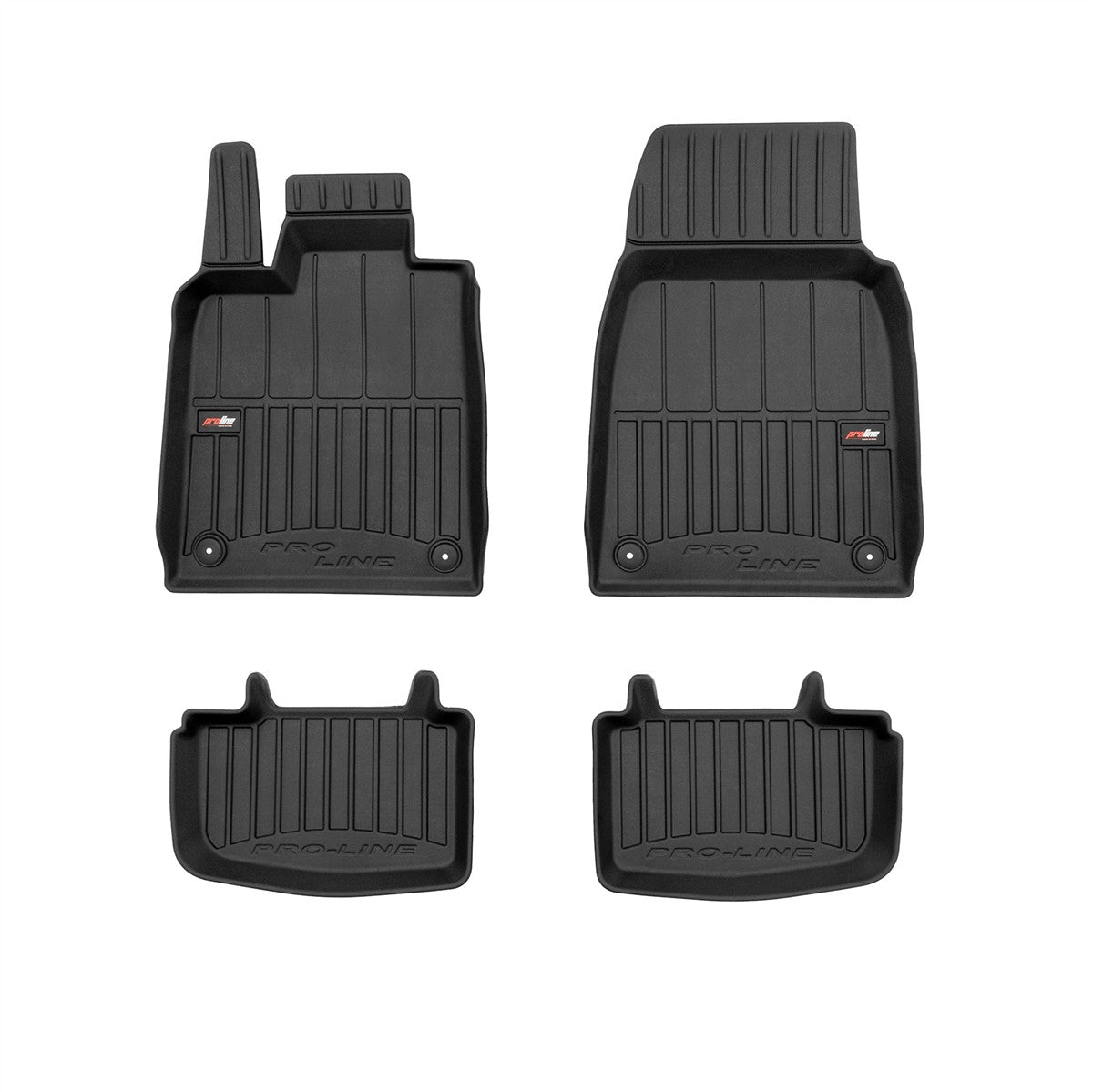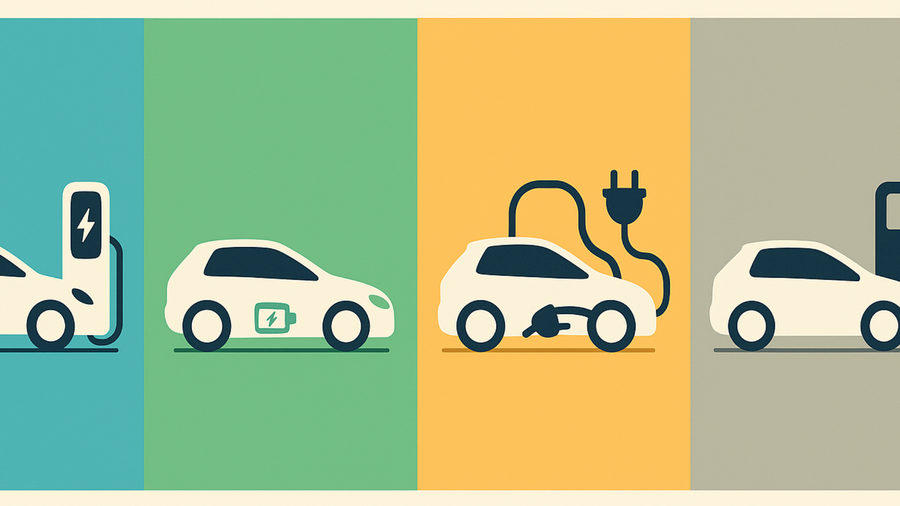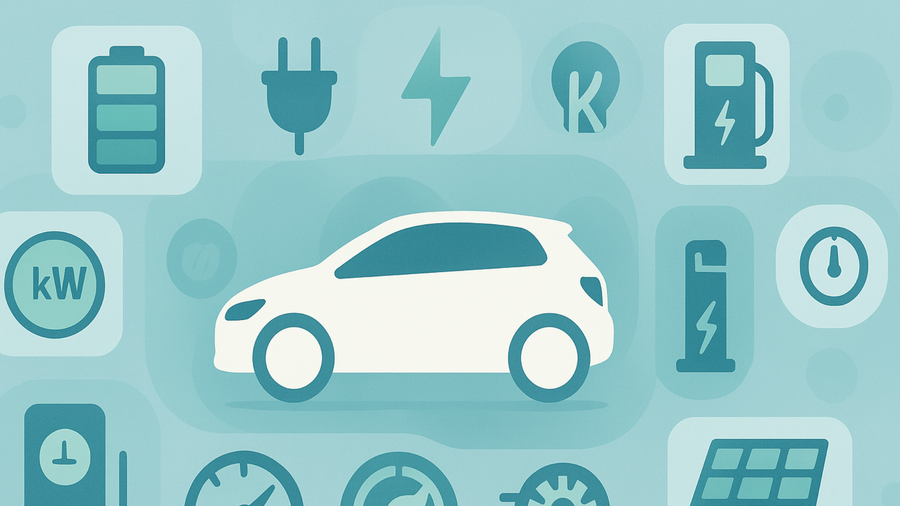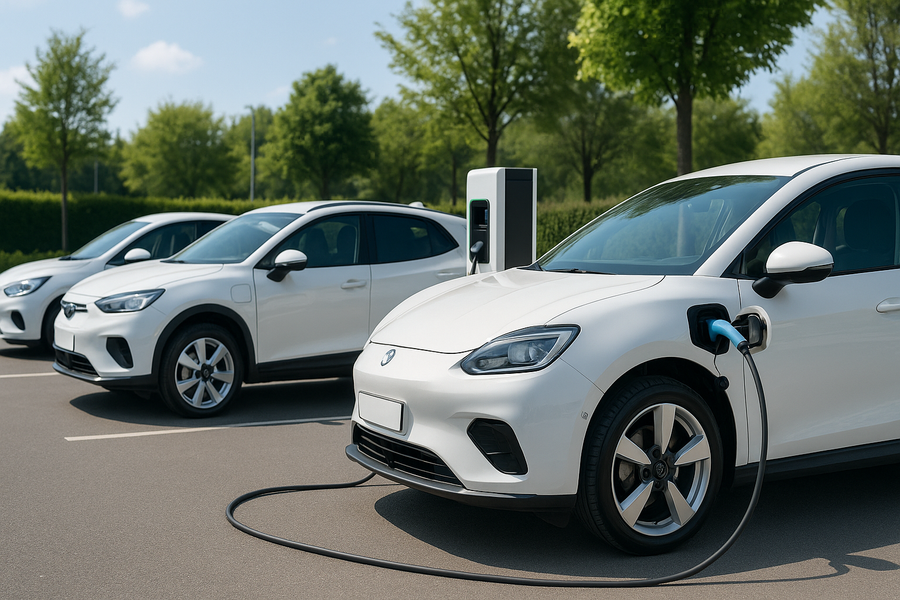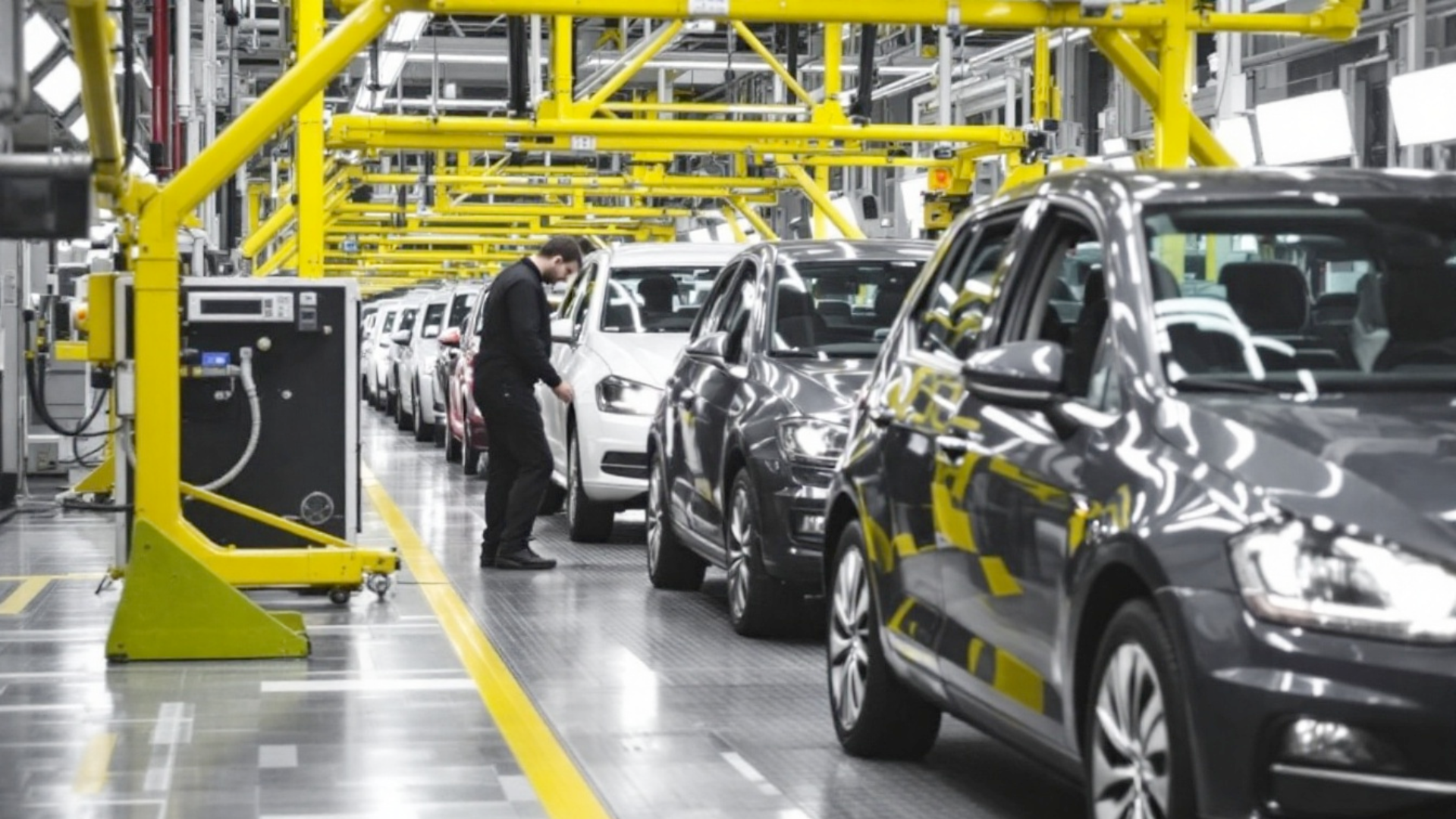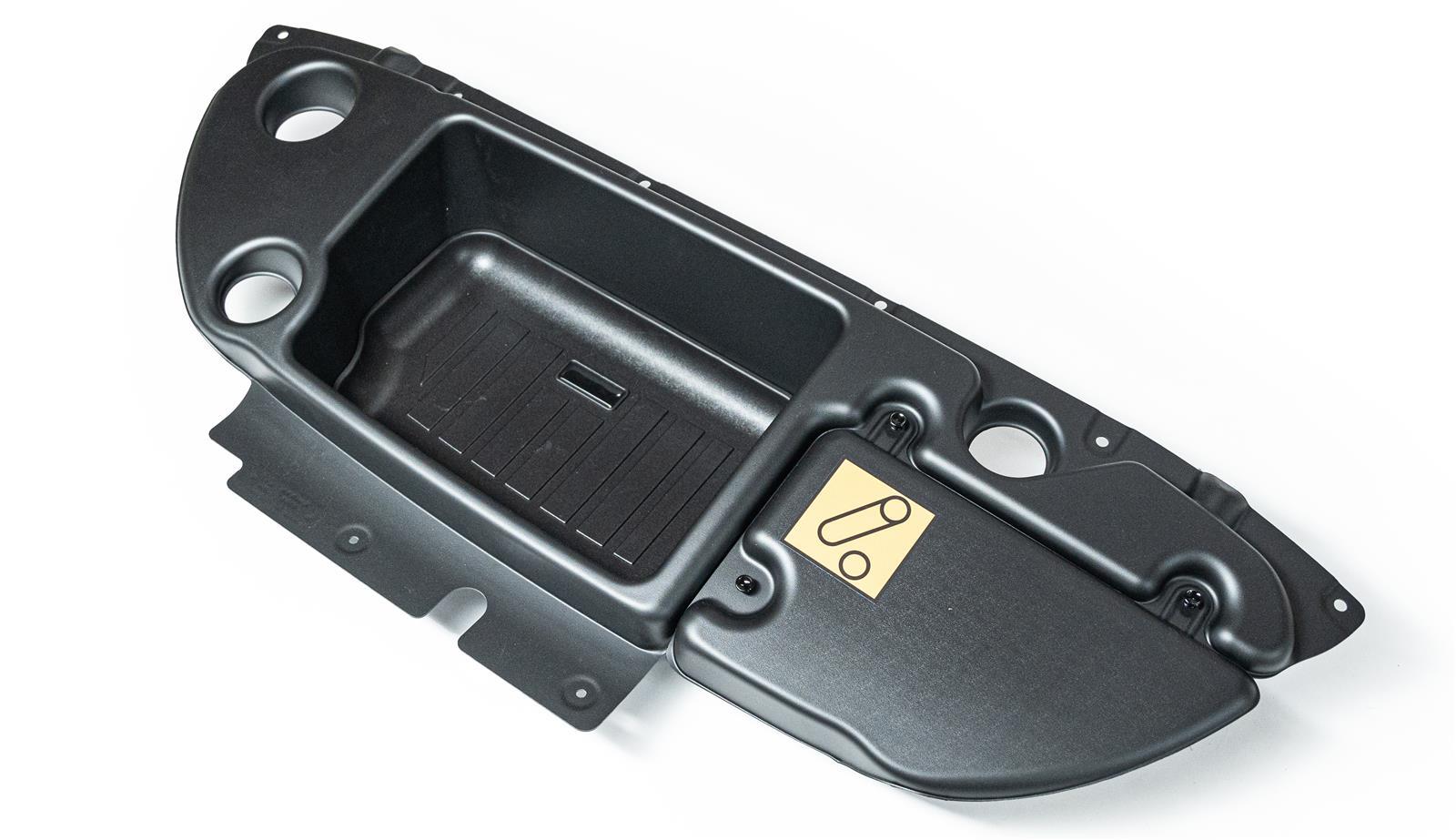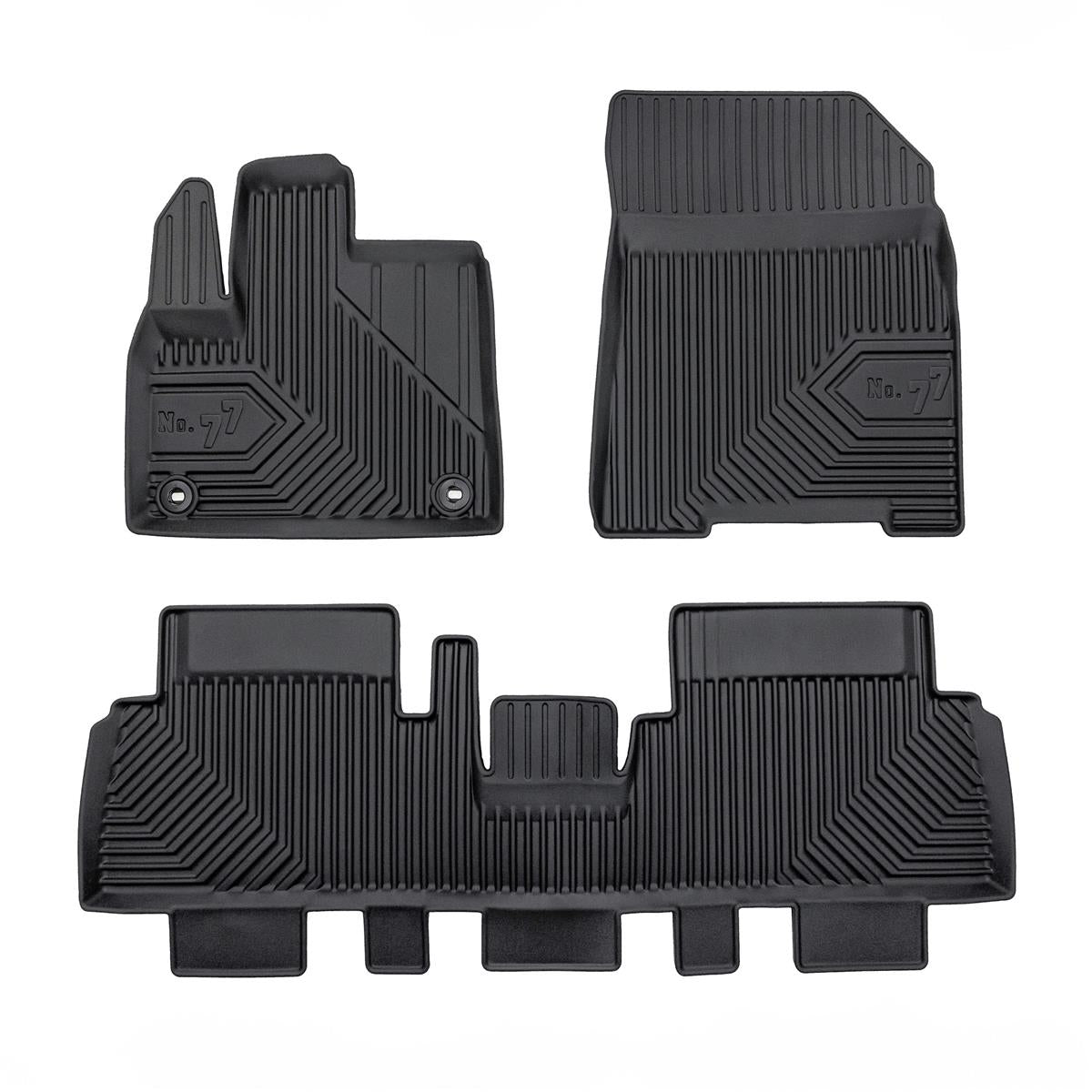

-
Byd
- Byd Atto 2 accessories
- Byd Atto 3 accessories
- Byd dolphin accessories
- Byd Seal accessories
- Byd Seal u accessories
- BYD Frunk: More storage space under the hood for Seal U, Atto 3 & Atto 2
Save 4%NEW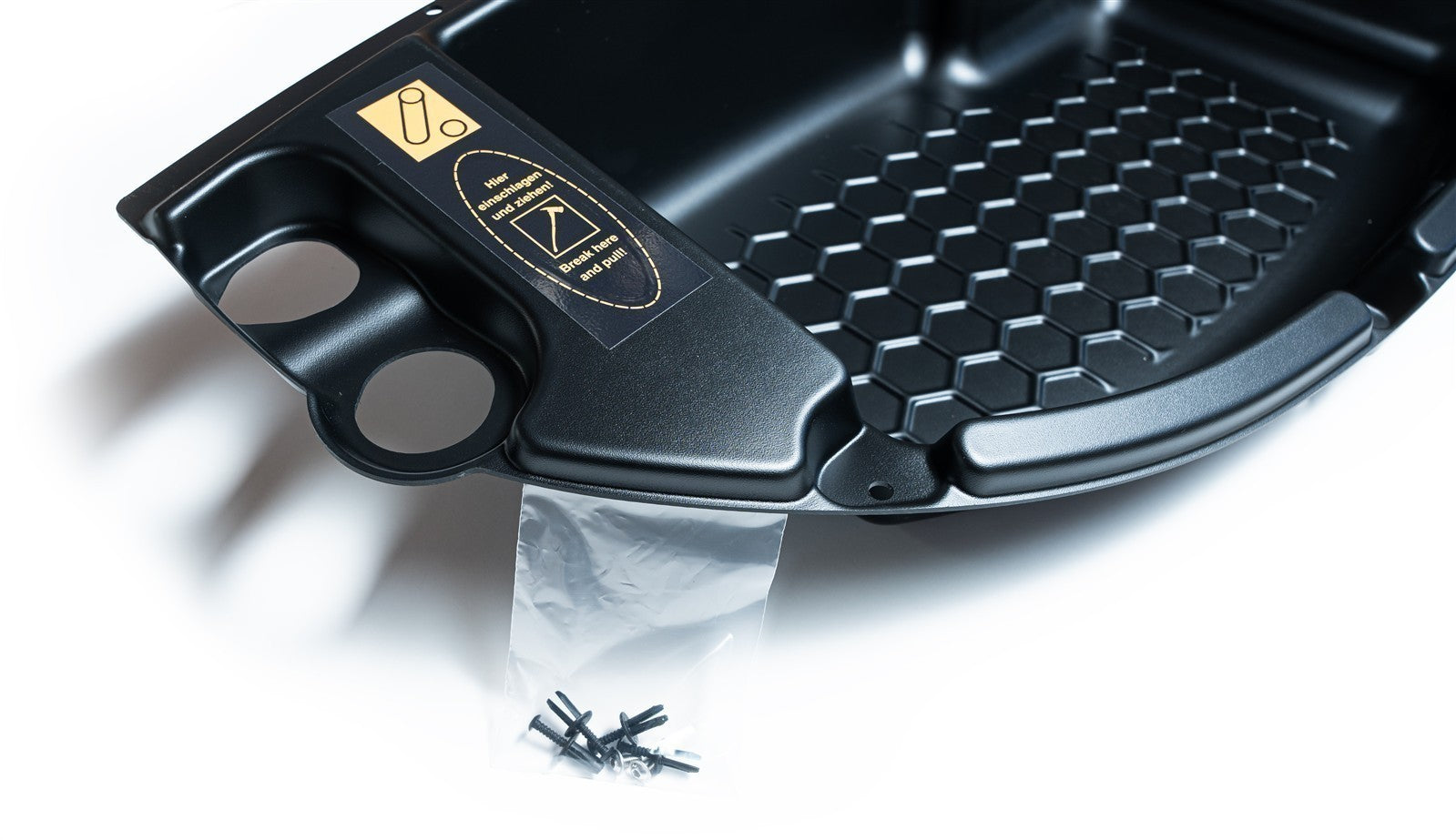
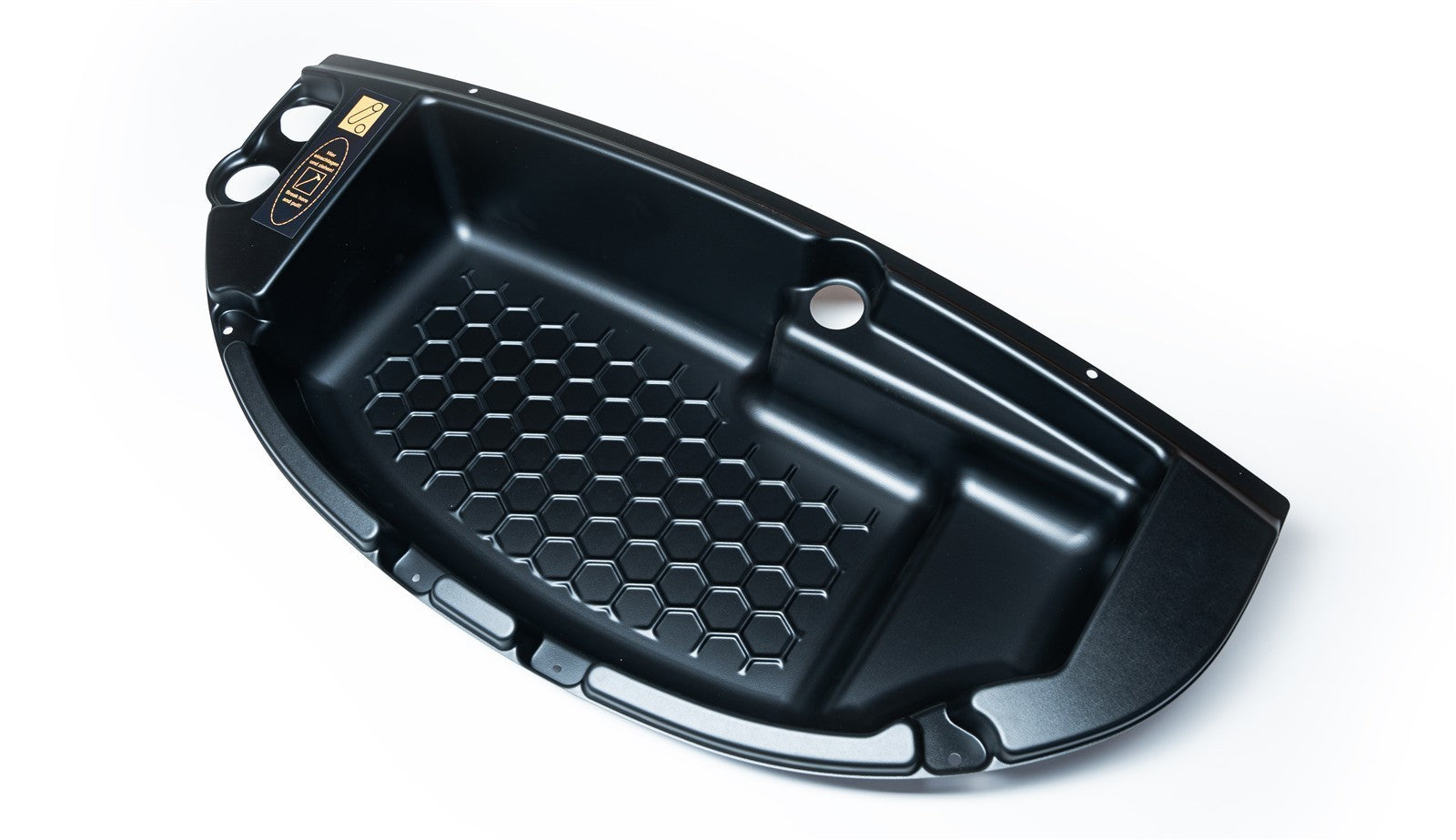
Quick view Practical frunk for the BYD SEAL U - more storage space under the hood€279,00from €269,00 /Save 10%NEW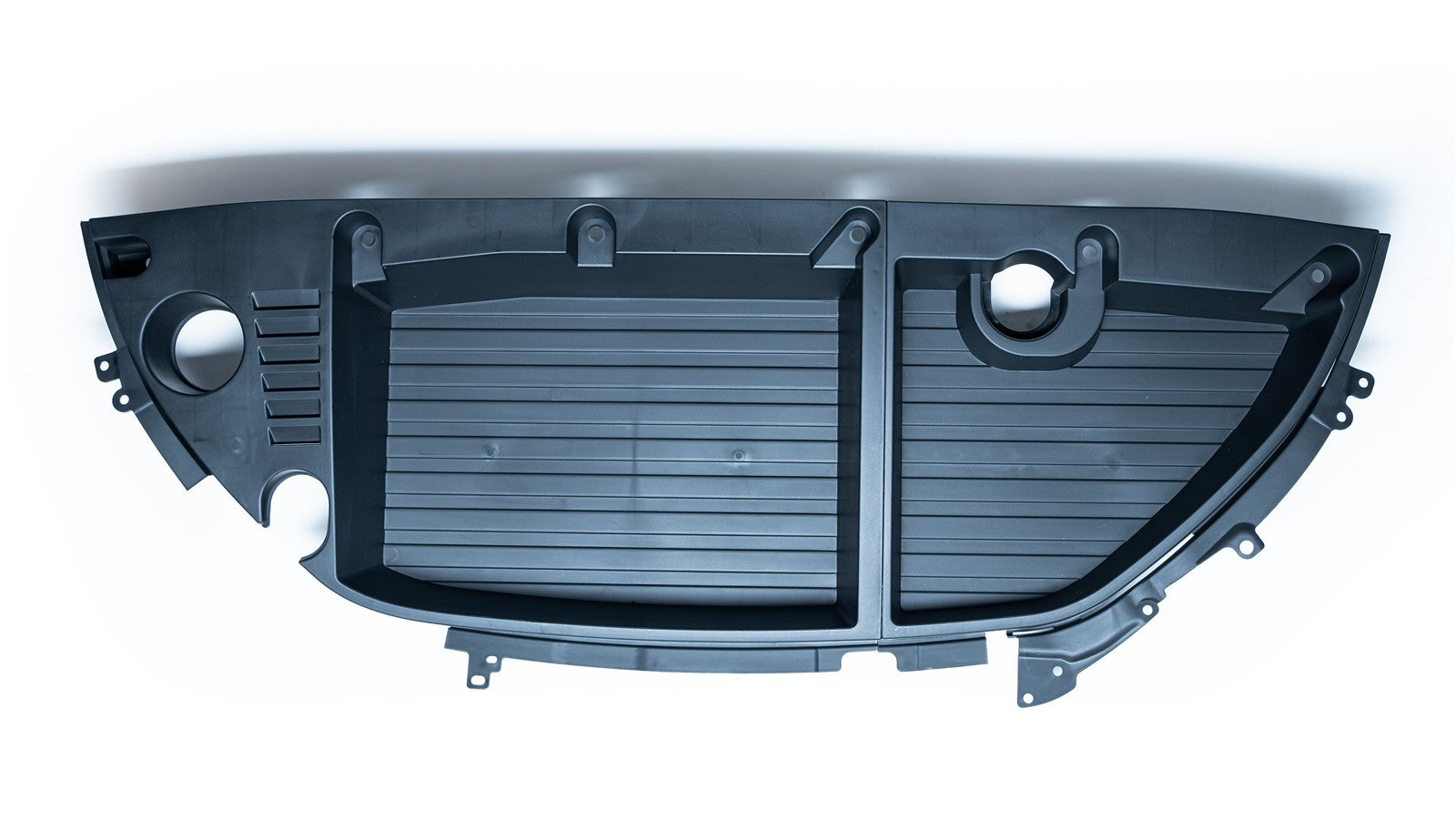
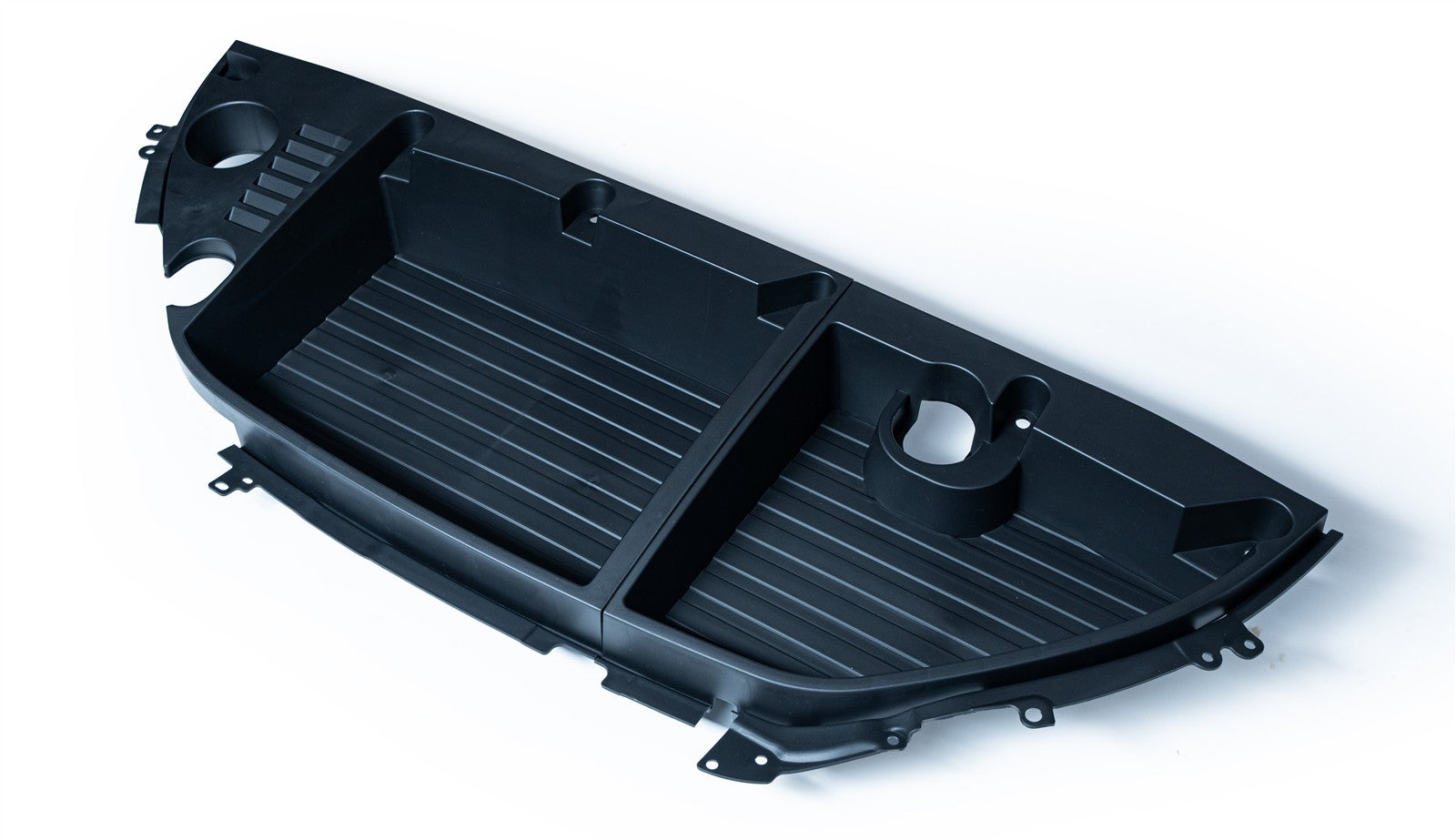
Quick view Frunk for the BYD Atto 2 - more storage space under the hood€199,00€179,00 /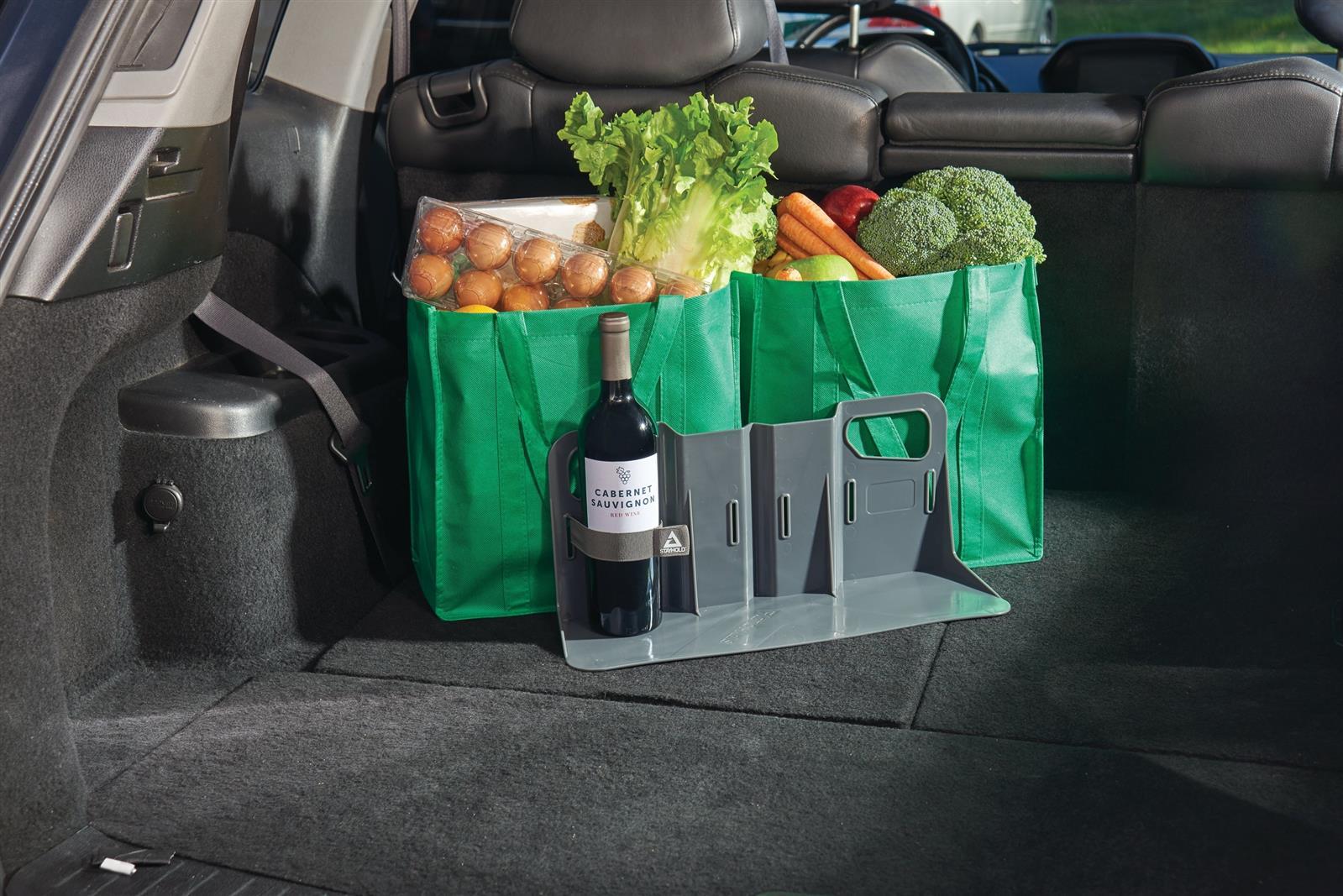
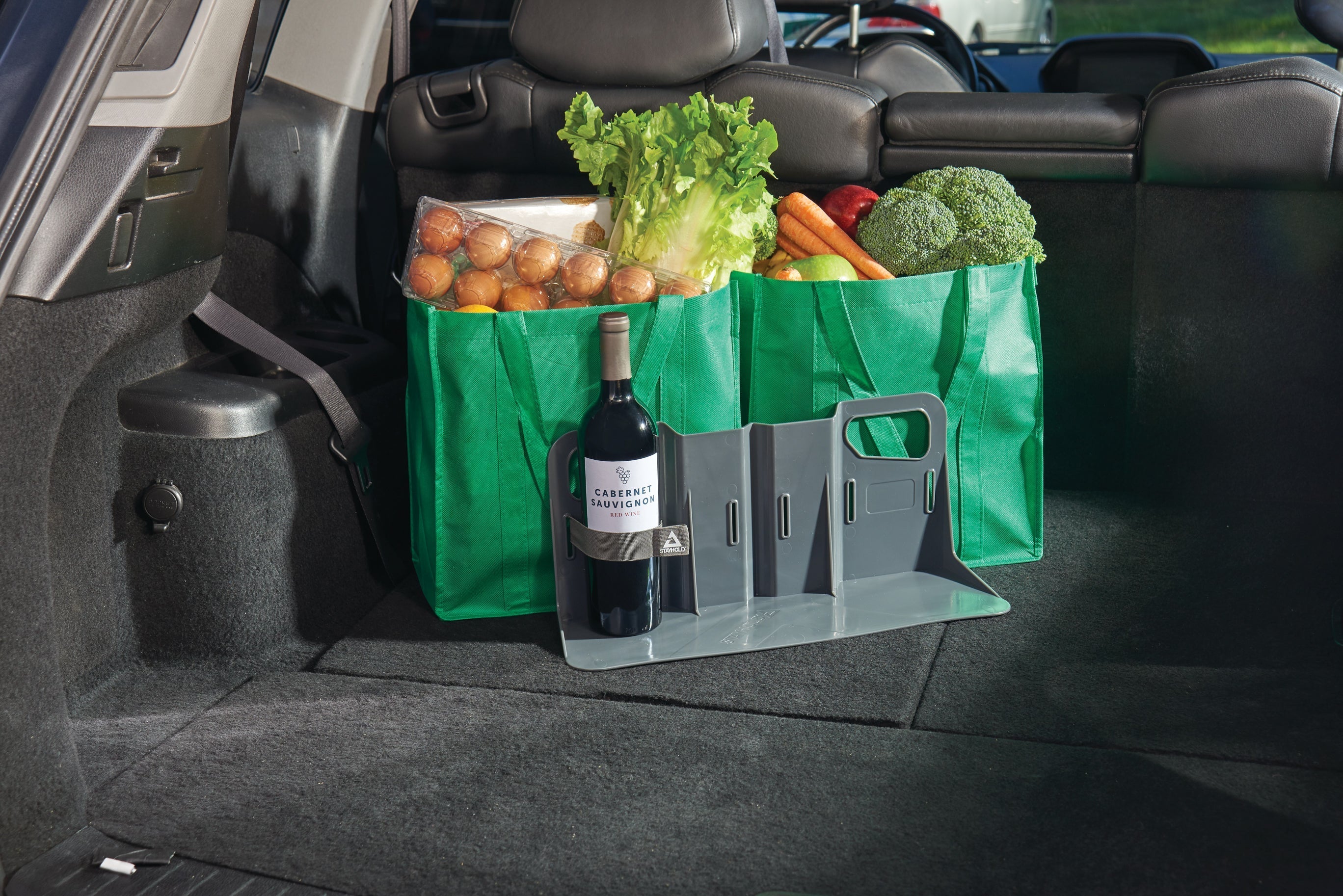
Quick view Stayhold trunk organizer from €7,50 /NEW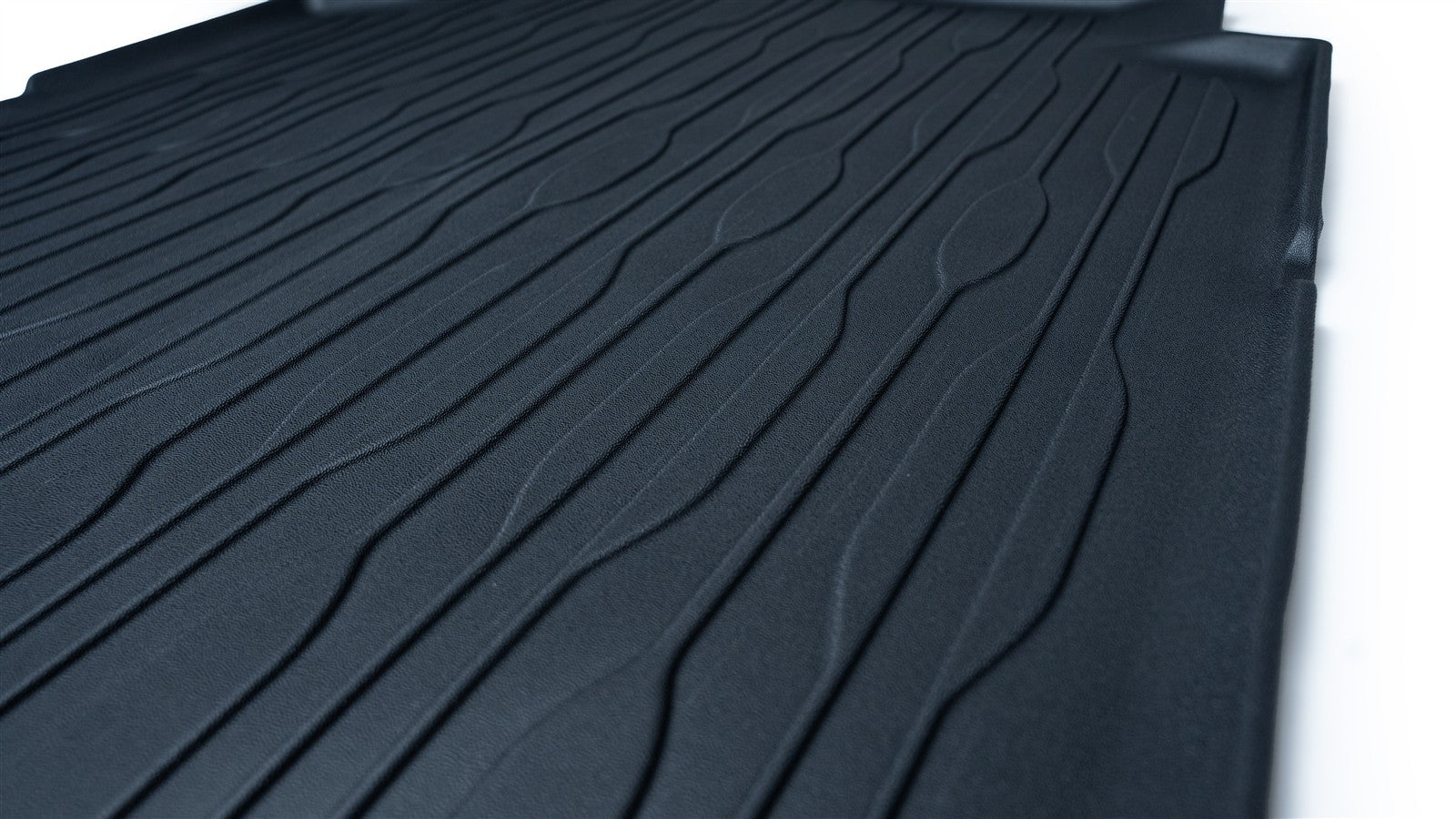
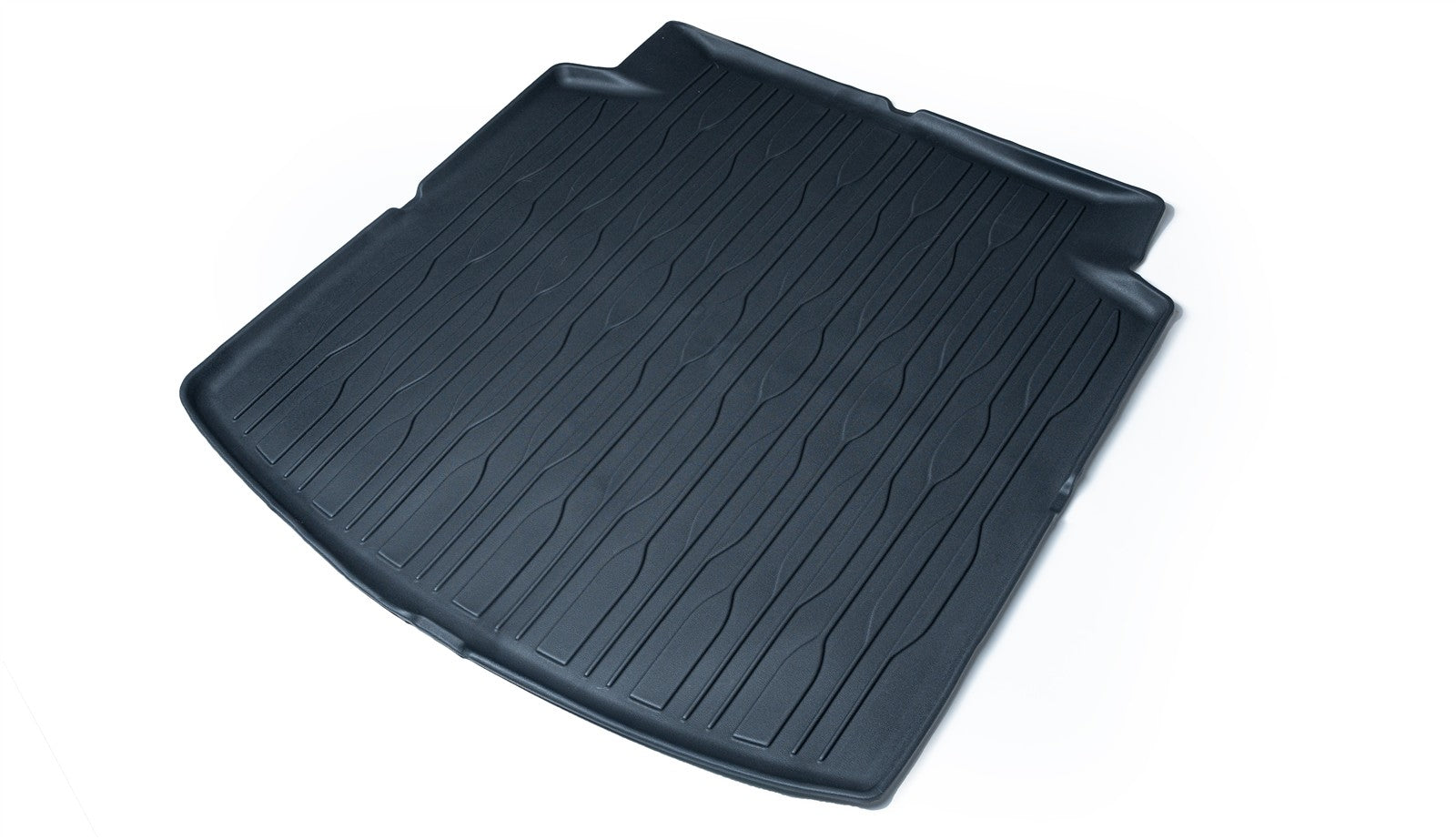
Quick view The trunk mat for the BYD SEAL €49,00 / -
VWSave 11%NEW
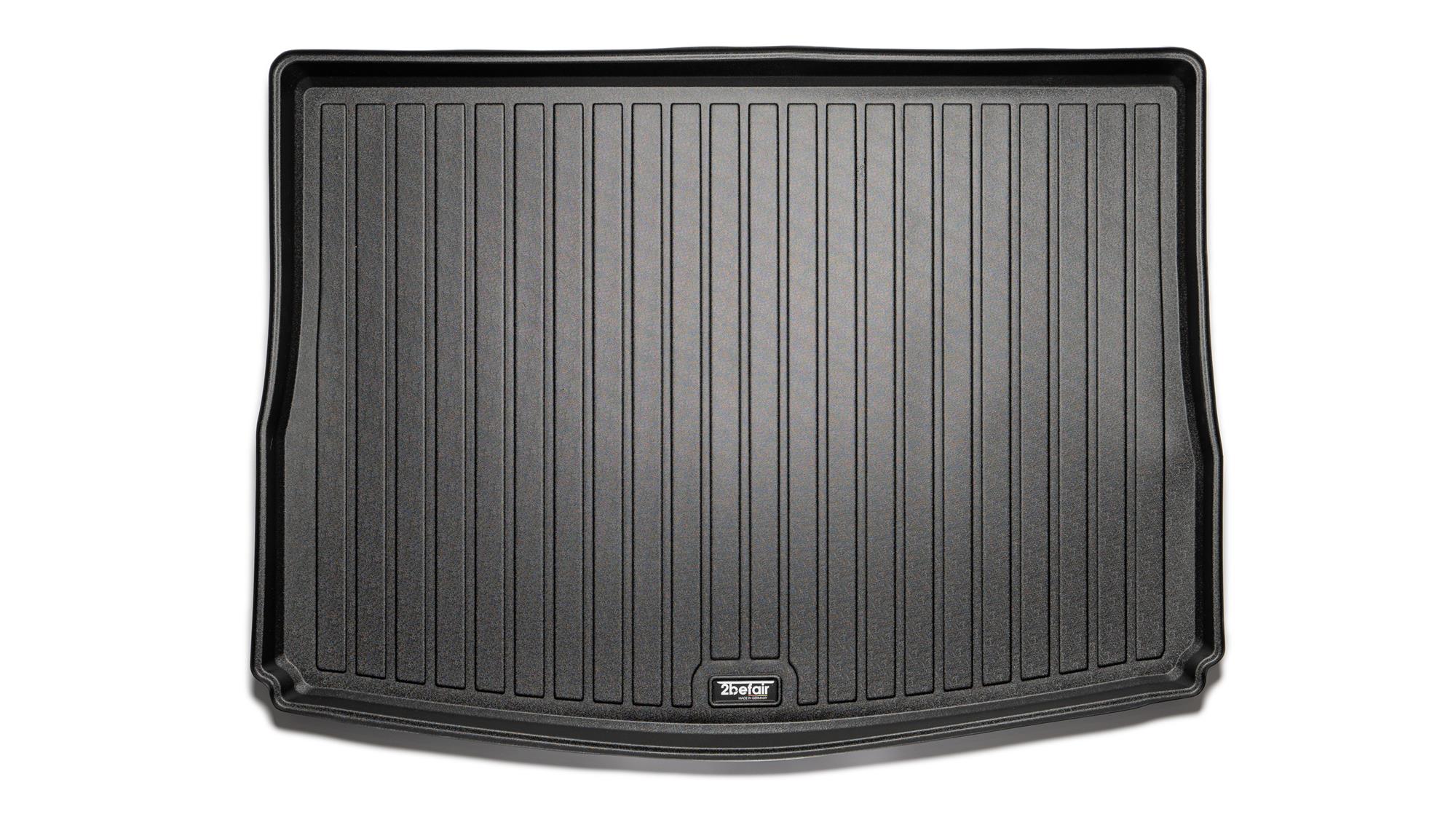
Quick view 2befair rubber mat trunk for the VW ID.3€89,00€79,00 /Save 11%NEW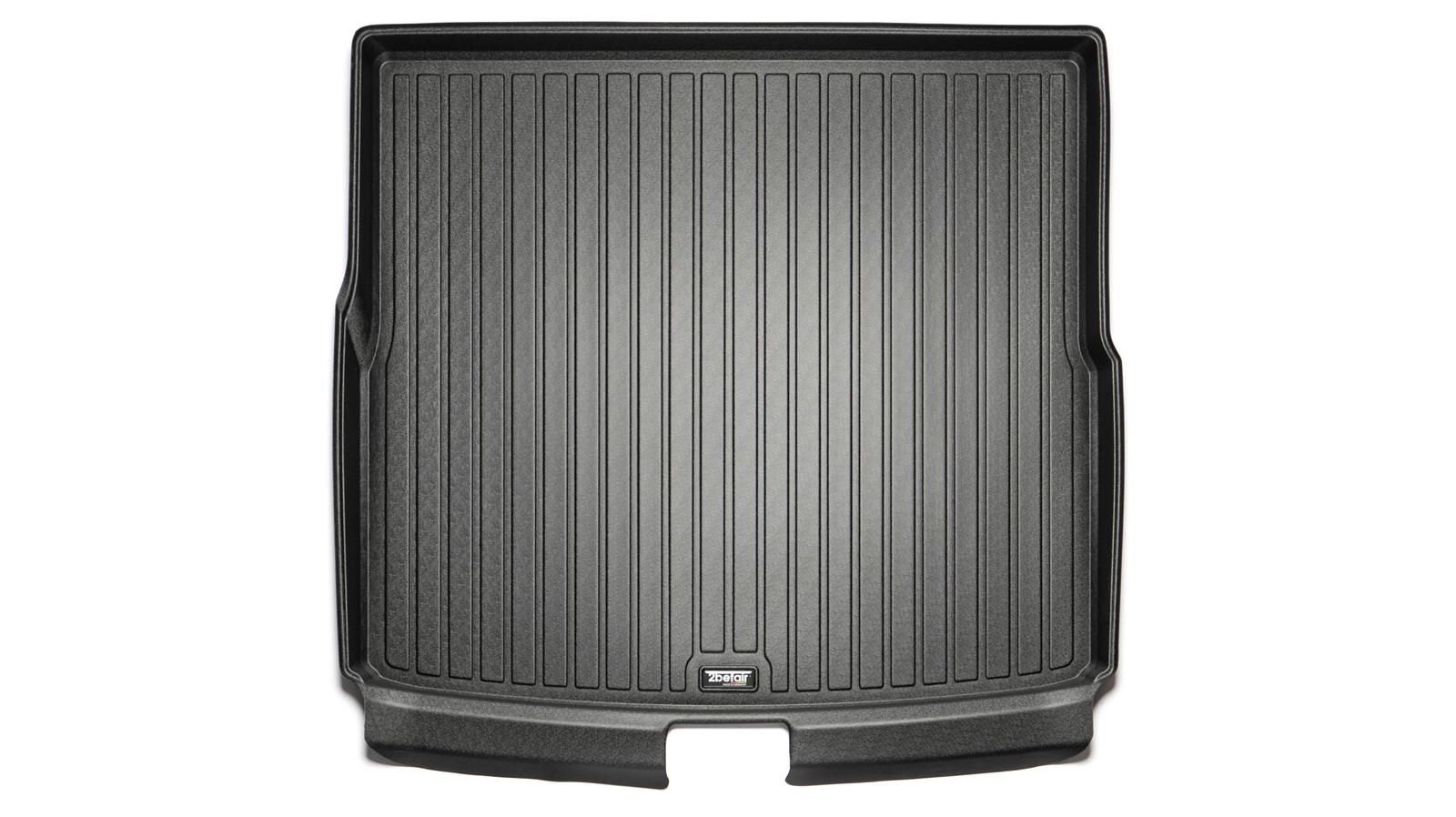
Quick view 2befair rubber mat trunk for the VW ID.4 and ID.5€89,00€79,00 / -
SkodaNEW
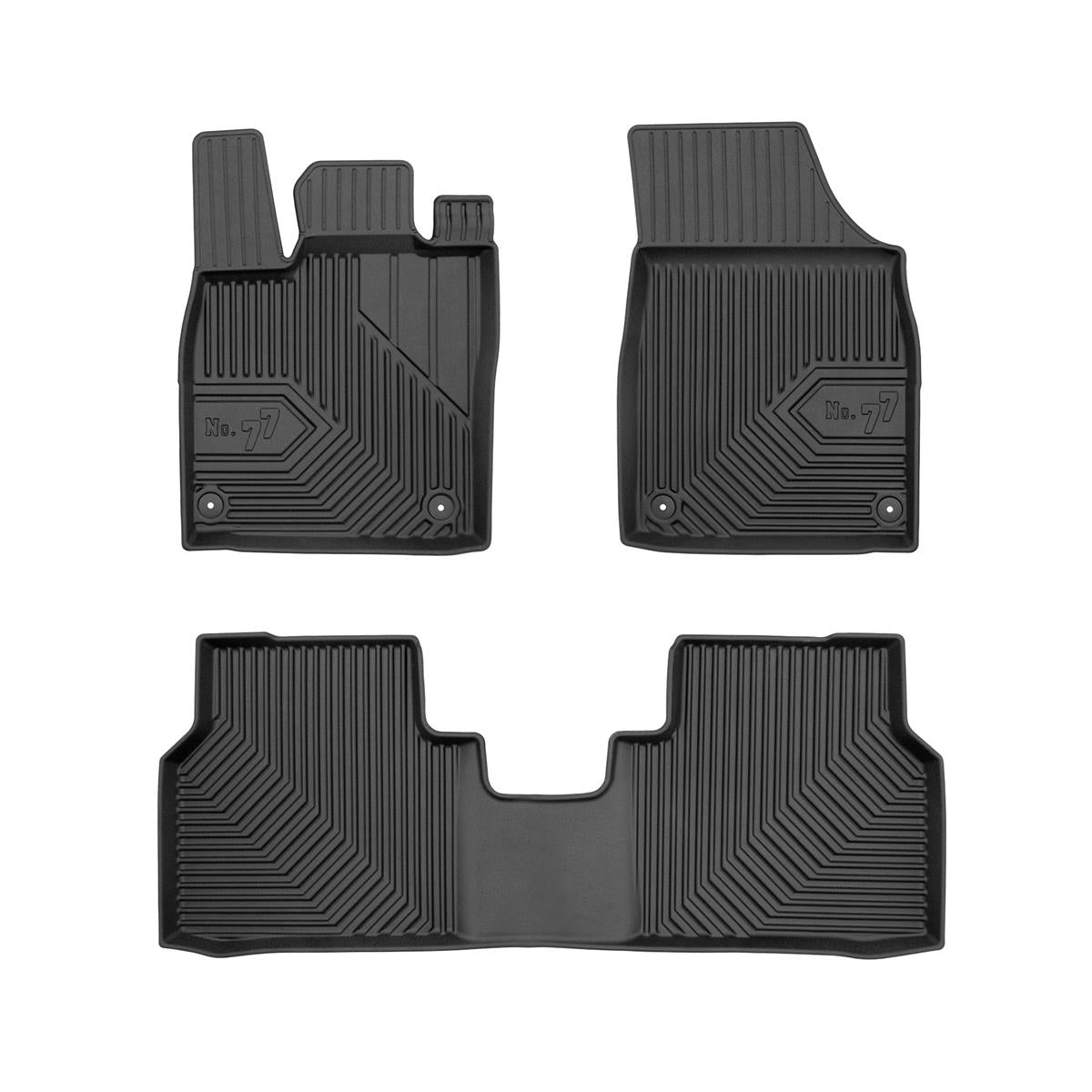
Quick view Sold outNEW

Quick view 2befair cleaning agent set€59,40€55,00 /Sold out
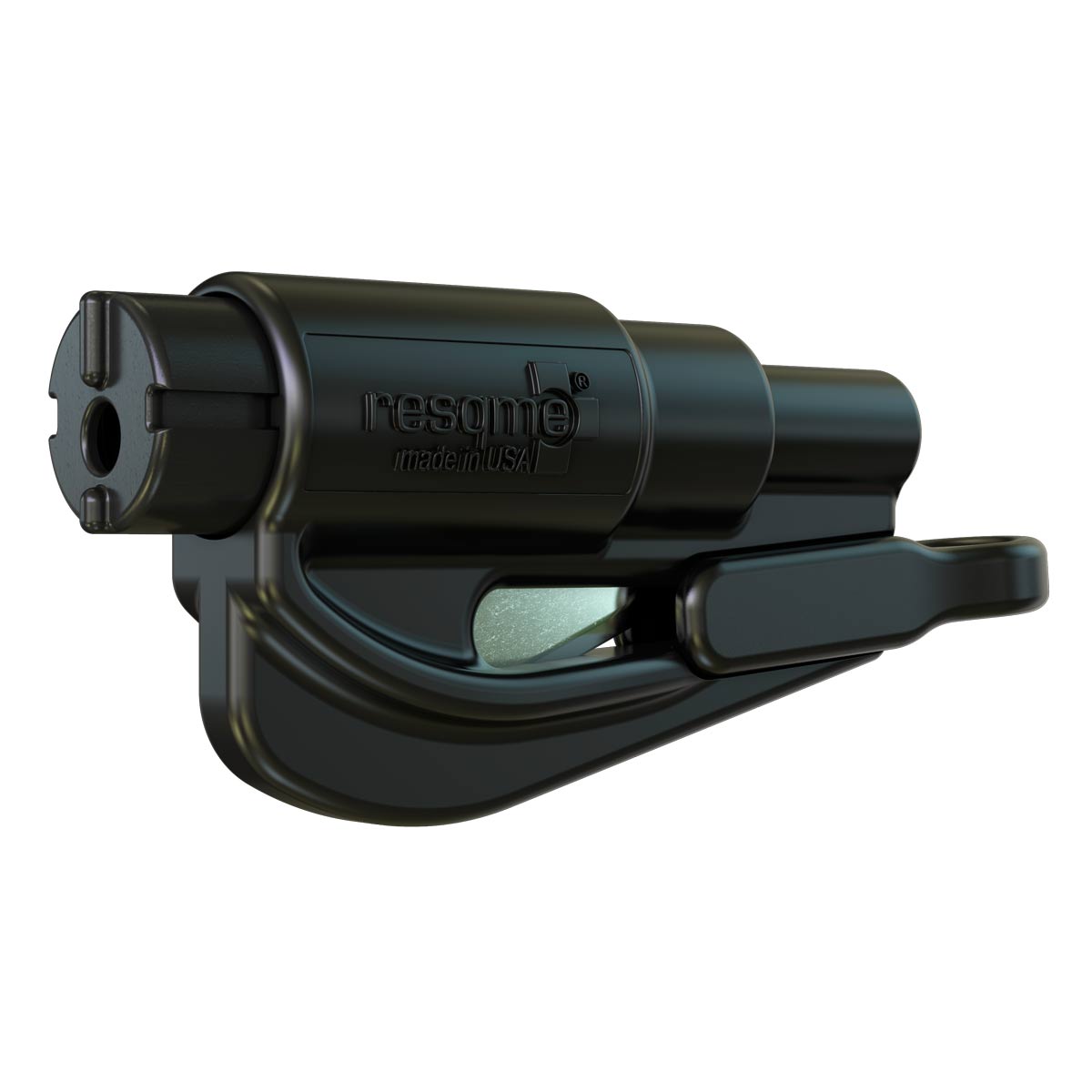
Quick view -
AudiSave 44%NEW
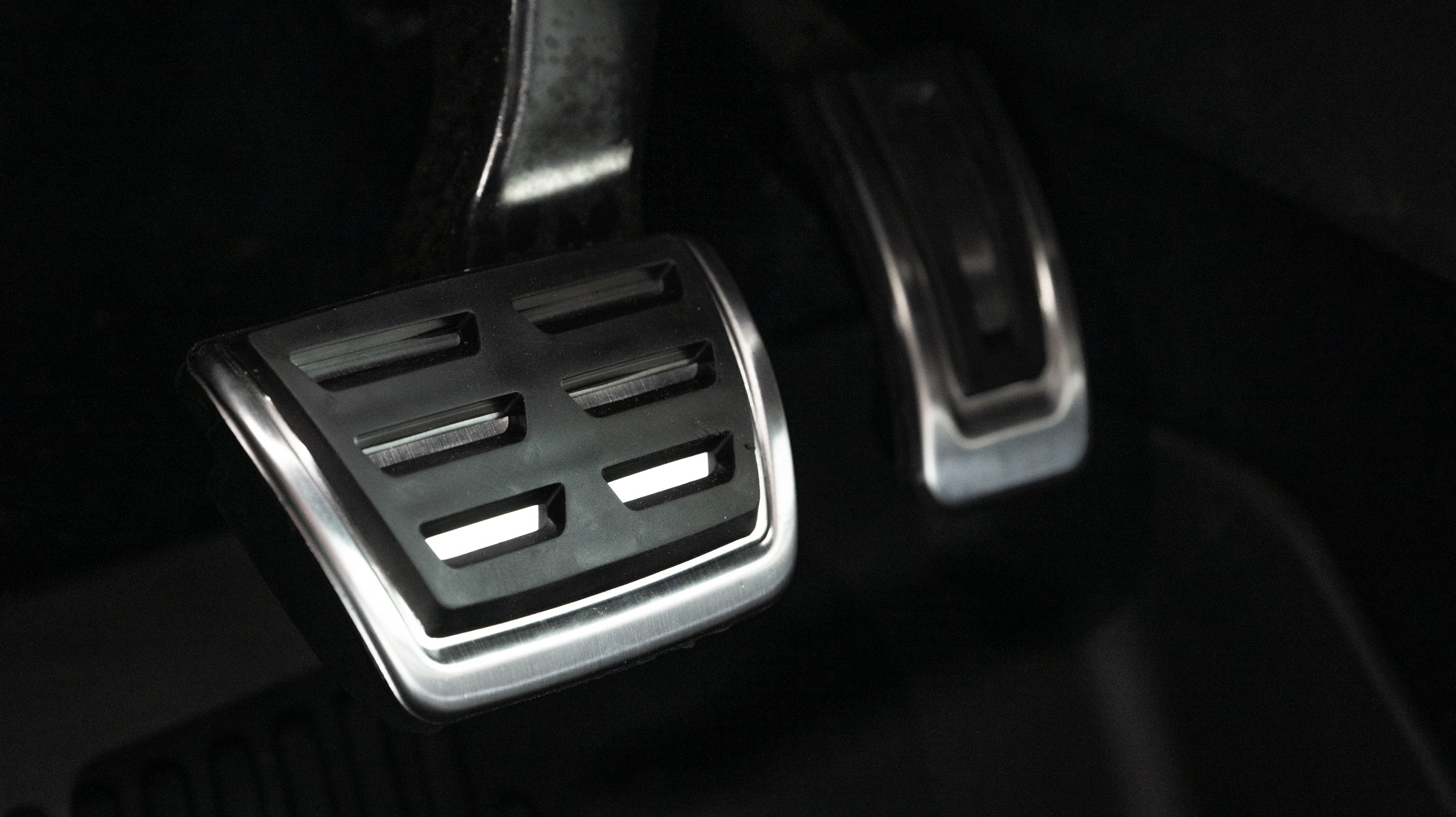
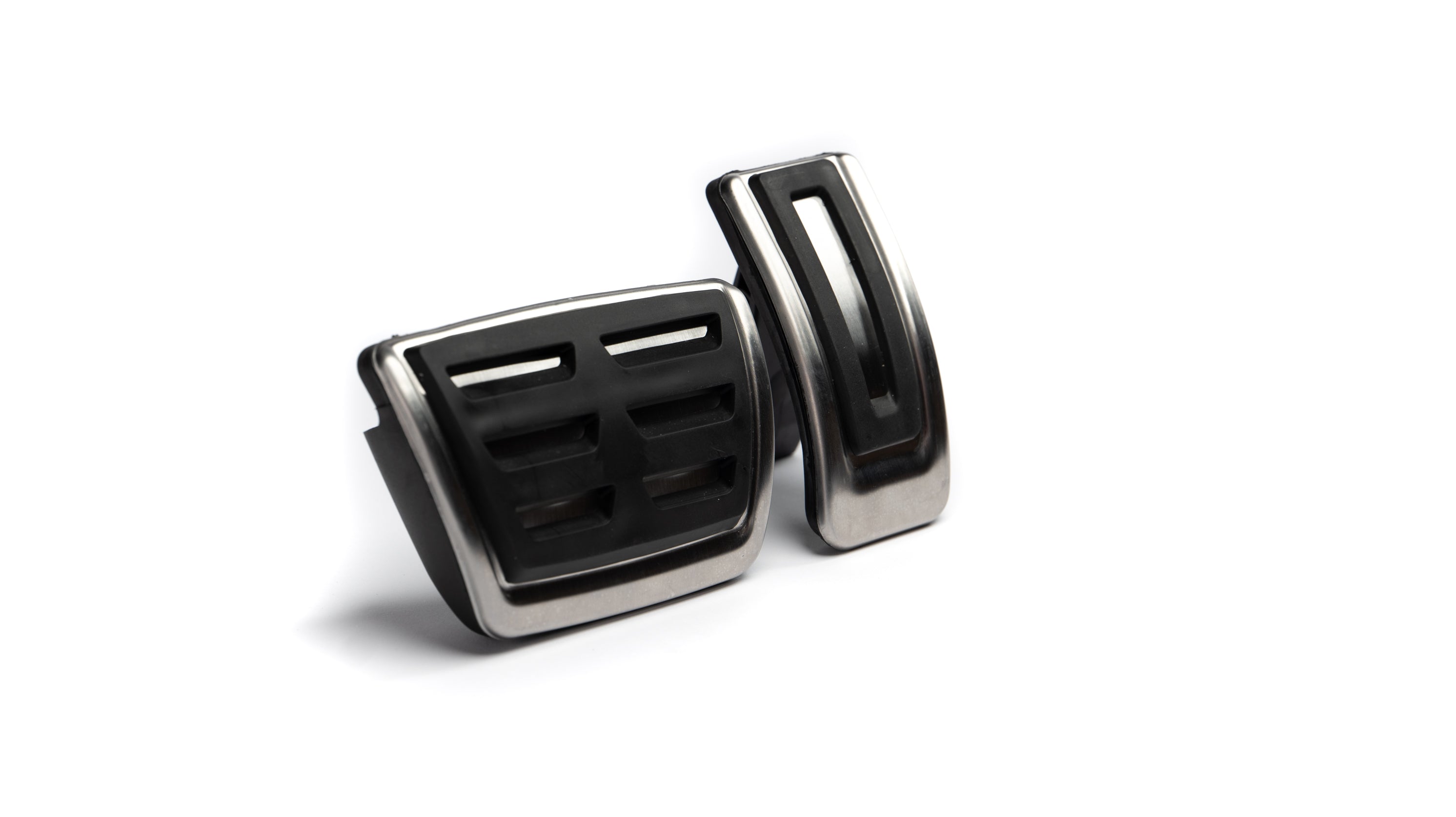
Quick view - Cupra
-
TeslaSave 11%
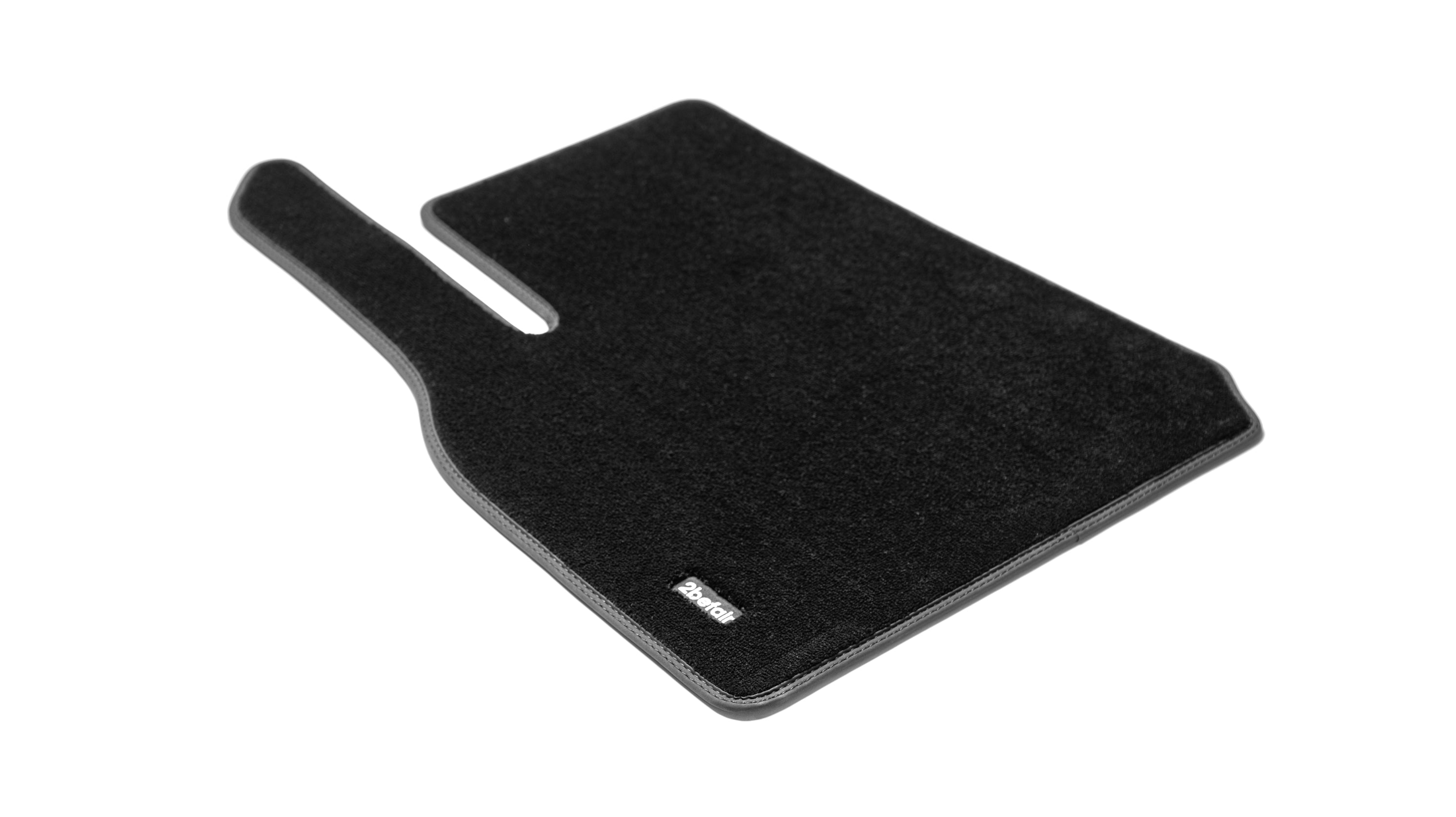
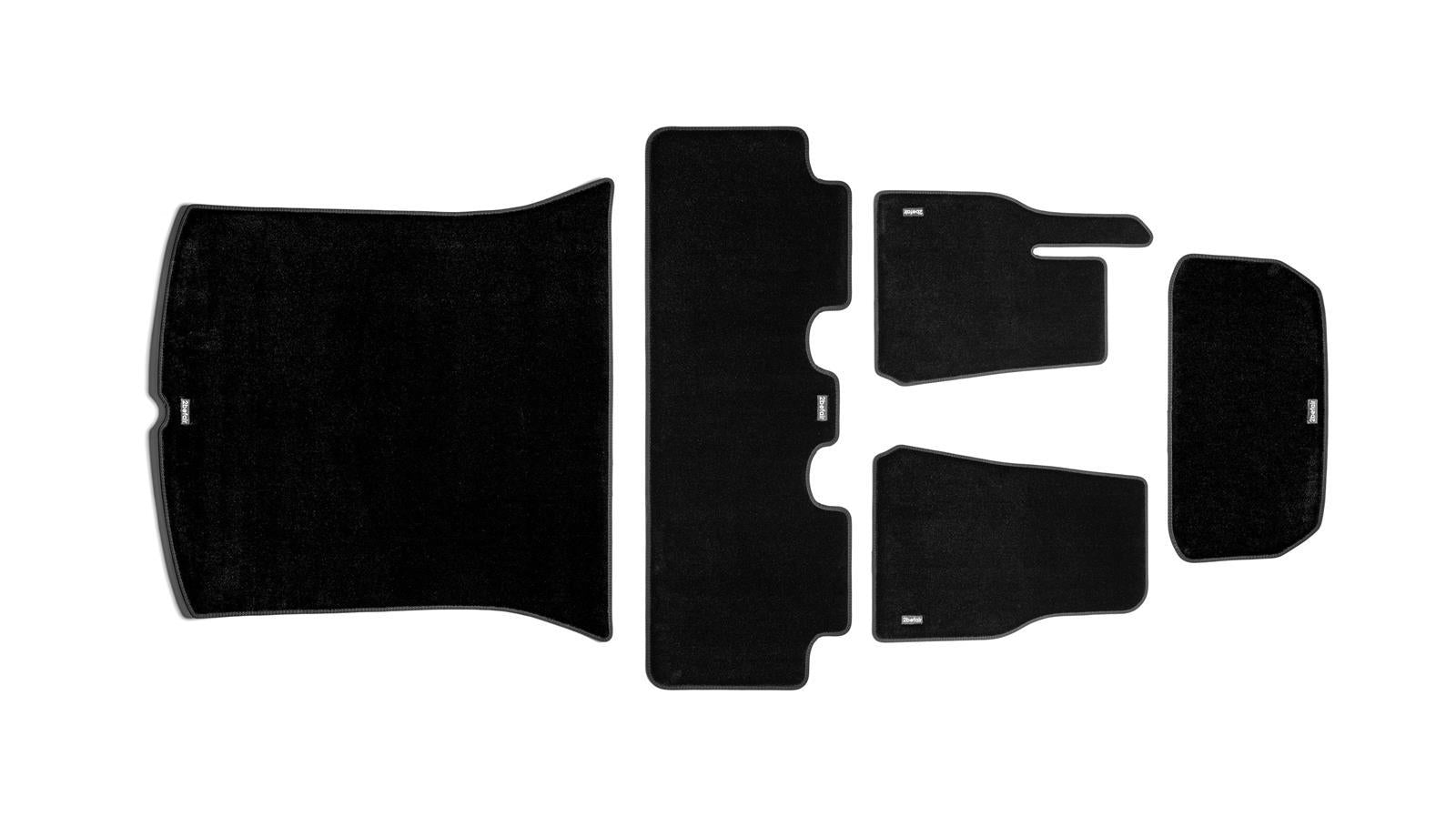
Quick view 2befair carpet mats overall set for the Tesla Model Y€189,00€169,00 /Save 7%NEW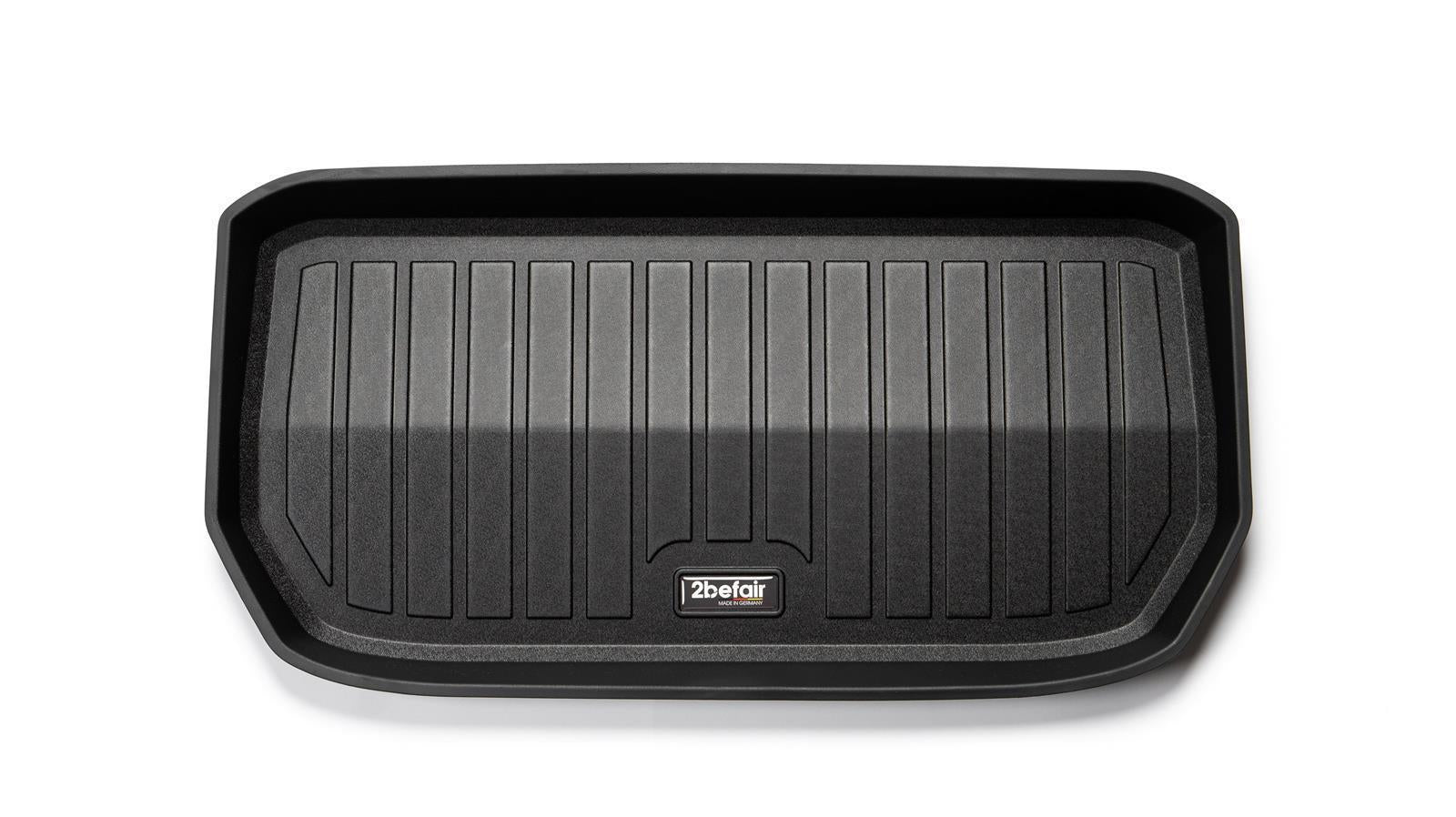
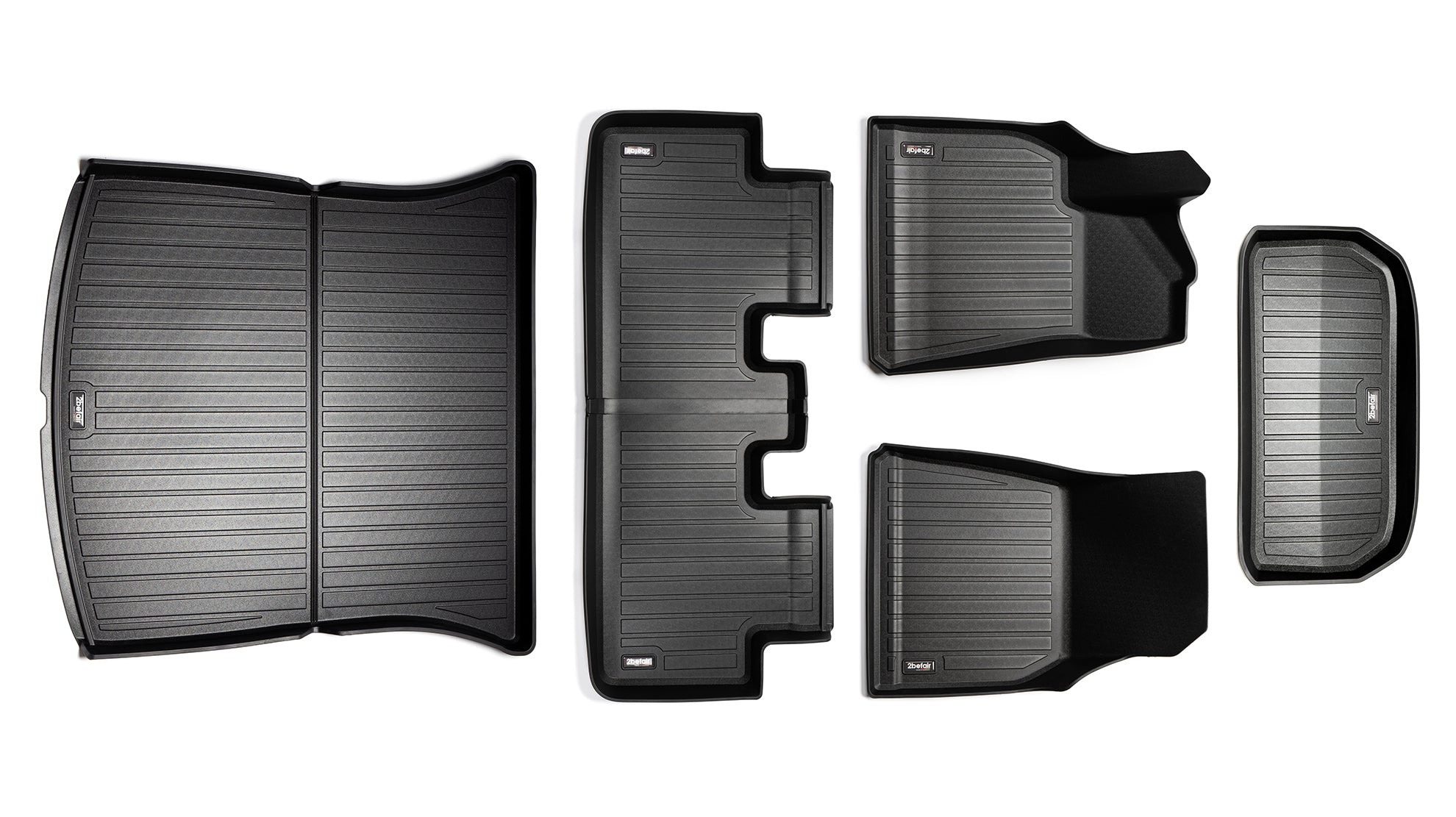
Quick view 2befair Premium rubber mats Total set for the Tesla Model Y€269,00from €249,00 /Save 6%NEW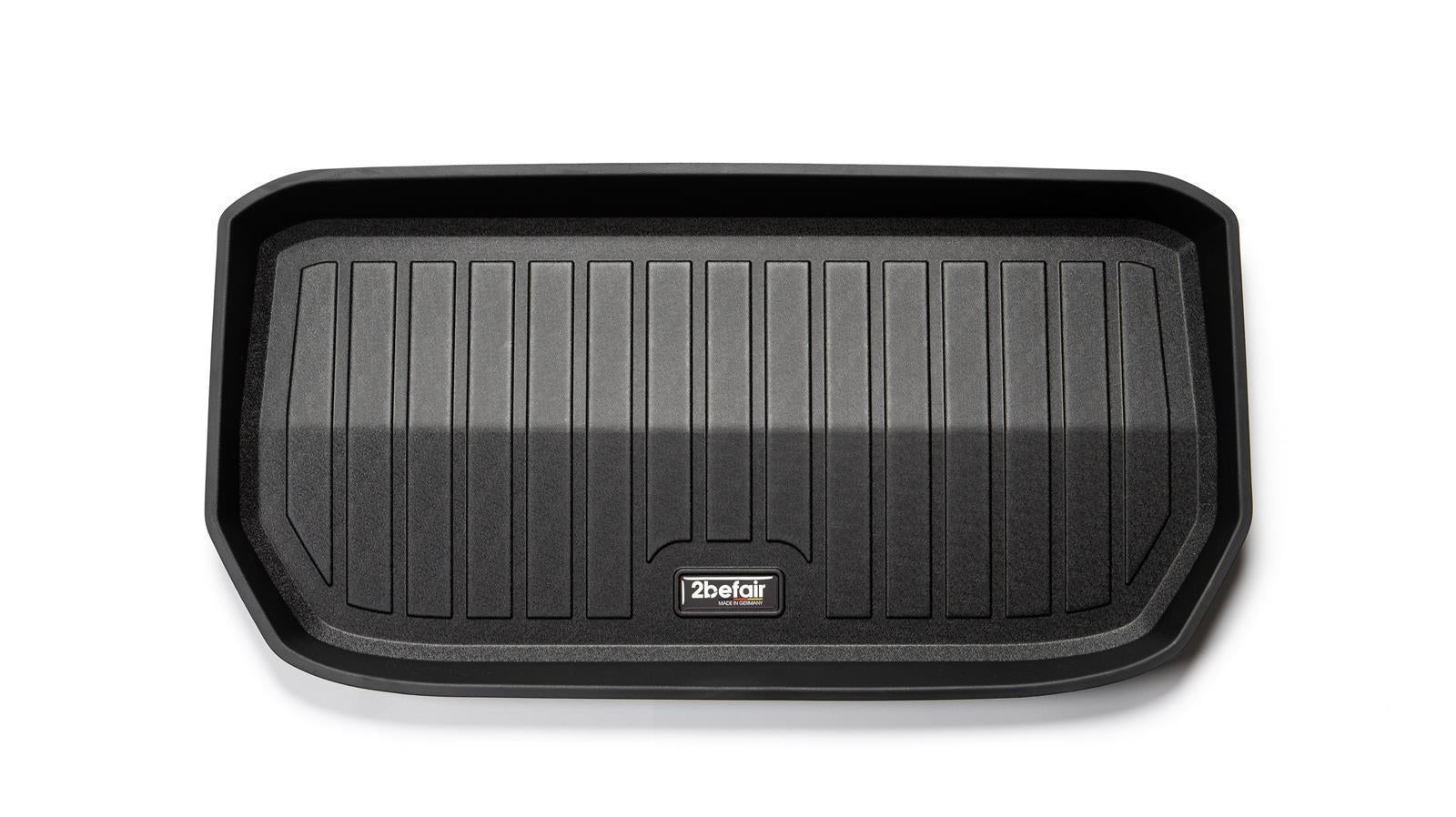
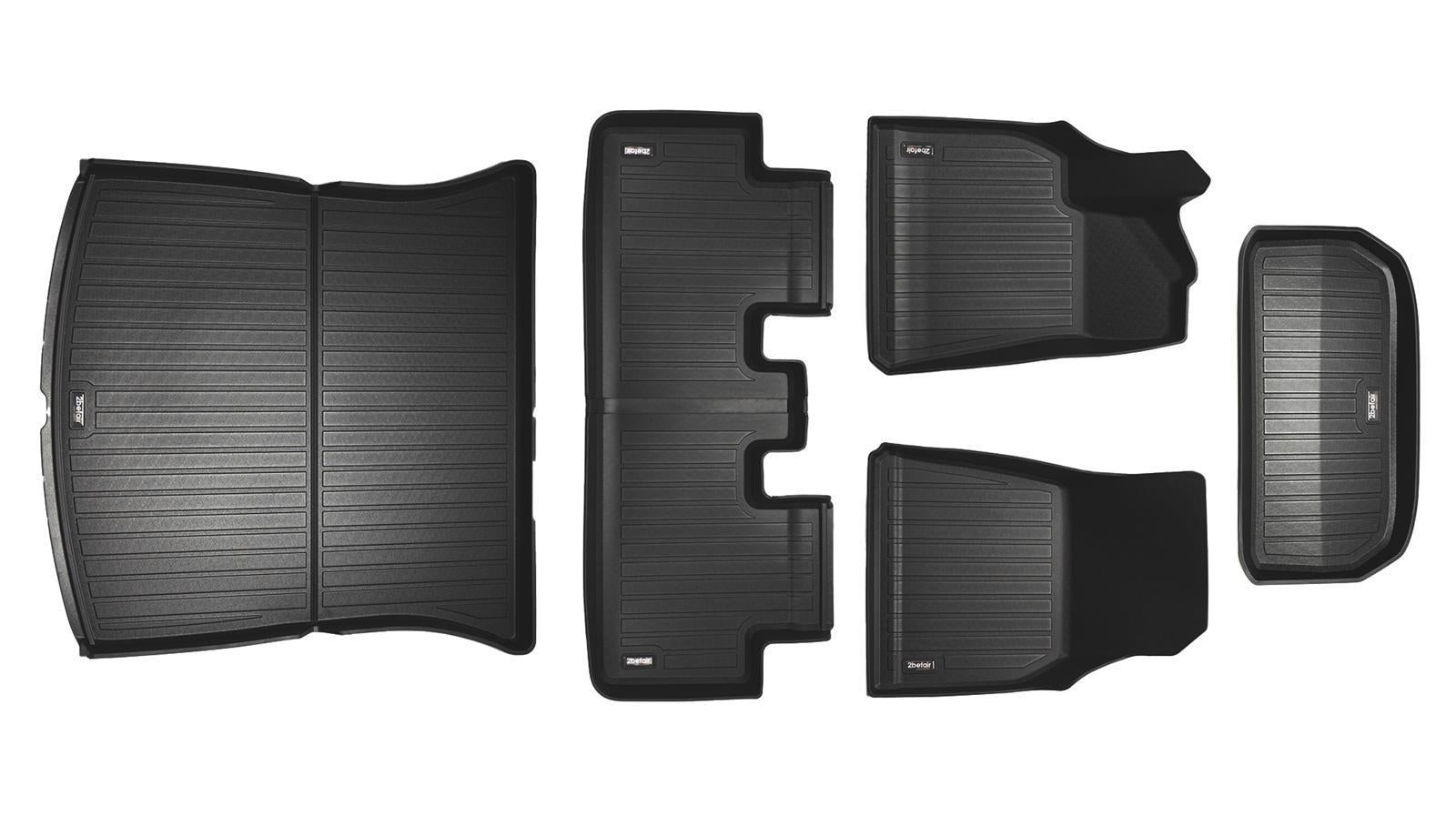
Quick view 2befair All -weather mats overall set for the Tesla Model Y€179,00from €169,00 /NEW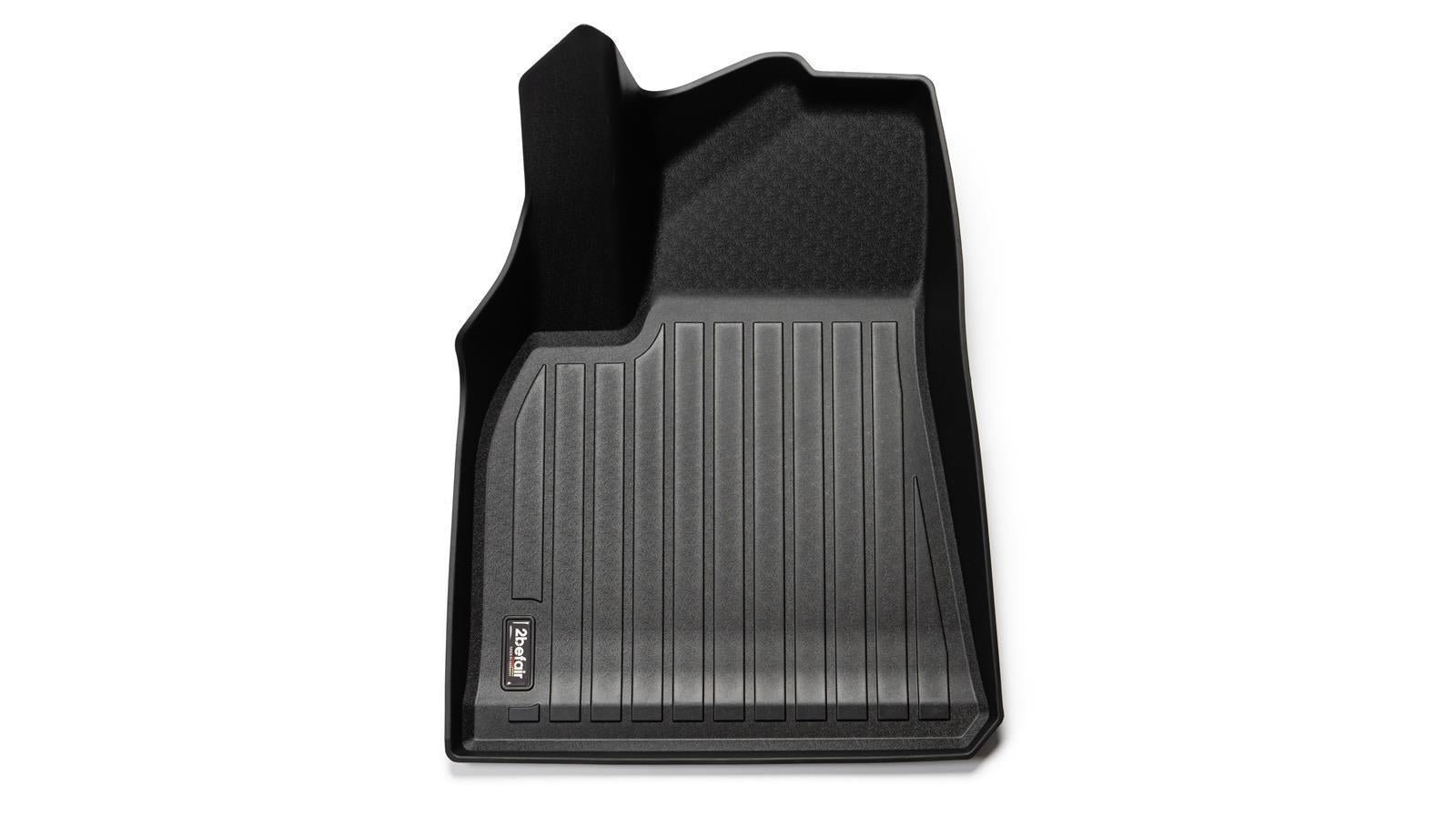
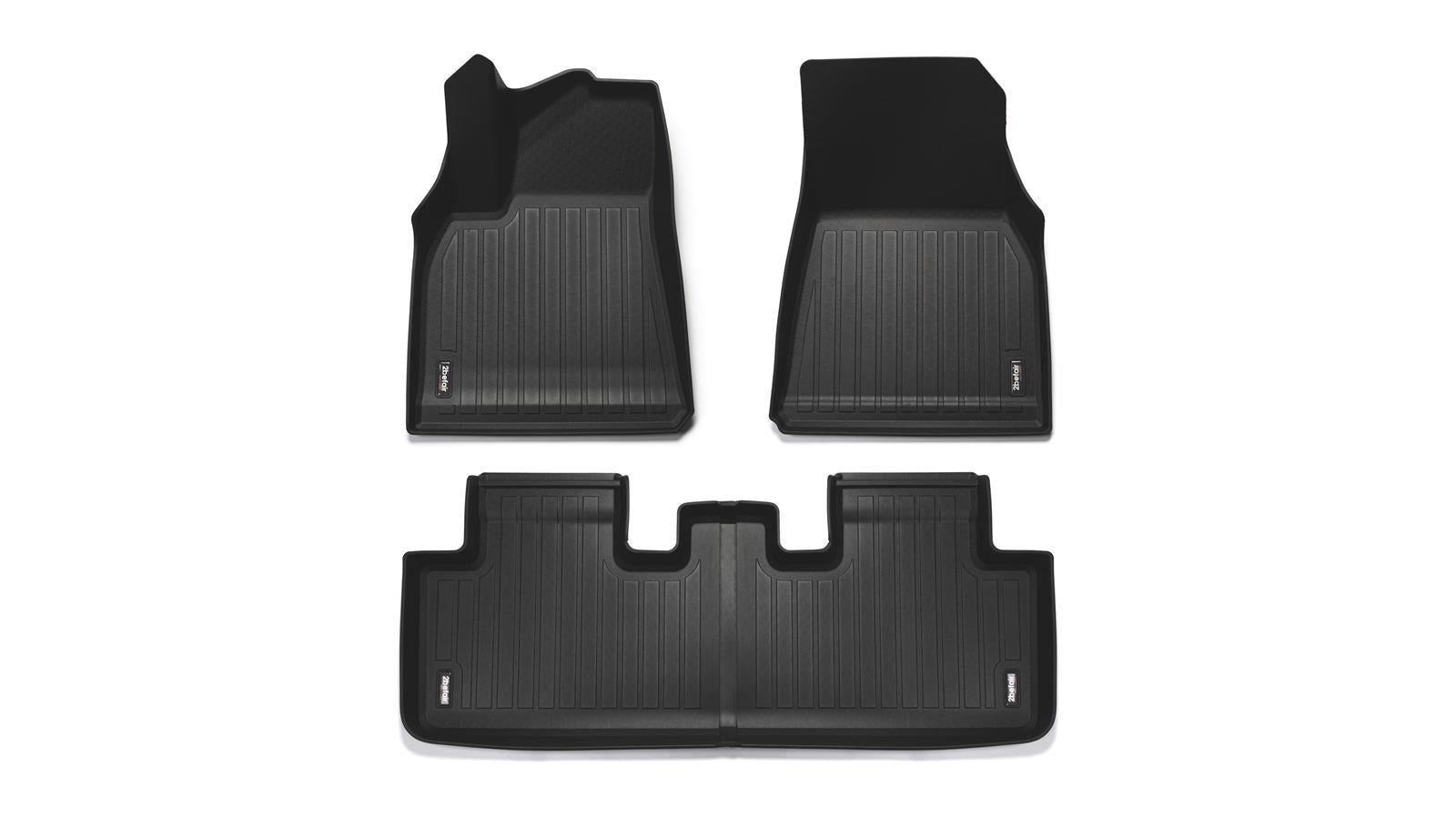
Quick view 2befair All weather mats set interior for the Tesla Model Y from €119,00 / - More car brands
- About Us
- counselor
-
News
-
Xpeng introduces the entry-level brand Mona worldwide-Mona M03 from 2026 Renault introduces LFP batteries-cheaper e-models come Mercedes is planning a new entry-level model on MMA platform Hyundai builds the new Ioniq 3 in Izmir (Türkiye) from 2026 AMG GT electrically? Mercedes-AMG checks electric sports coupé
-
We love our products
We tested all of our products ourselves in various electric cars and checked their quality over a longer period of time. We only offer products that we are convinced of. For us, the focus is not on quantity and the largest possible variety of products, but real quality.
Free shipping from 50 €
From an order value of € 50, we do not charge any shipping costs within the EU. Free shipping for Switzerland and Norway from € 150. Shipping takes place quickly from Hamburg and you will receive a shipping confirmation with a tracking number.
*The specified delivery times apply to shipping within Germany. Orders until 11 a.m. are usually sent on the same day. You can find more information here.
Safe pay
You can easily and safely pay online with the following payment methods:
Support from Germany
Do you have any questions about our products? Write us a message. We are happy to help you!
Of course you also have a right of withdrawal and can revoke your order within 30 days (Cancellation policy).
Find high quality and sustainable accessories for your electric car! Shop4ev is the accessories online shop from Hamburg for Tesla, VW, Skoda, Cupra, Audi and BYD!
We send information about new products and special offers!

Your shopping cart is empty
Start shopping







